
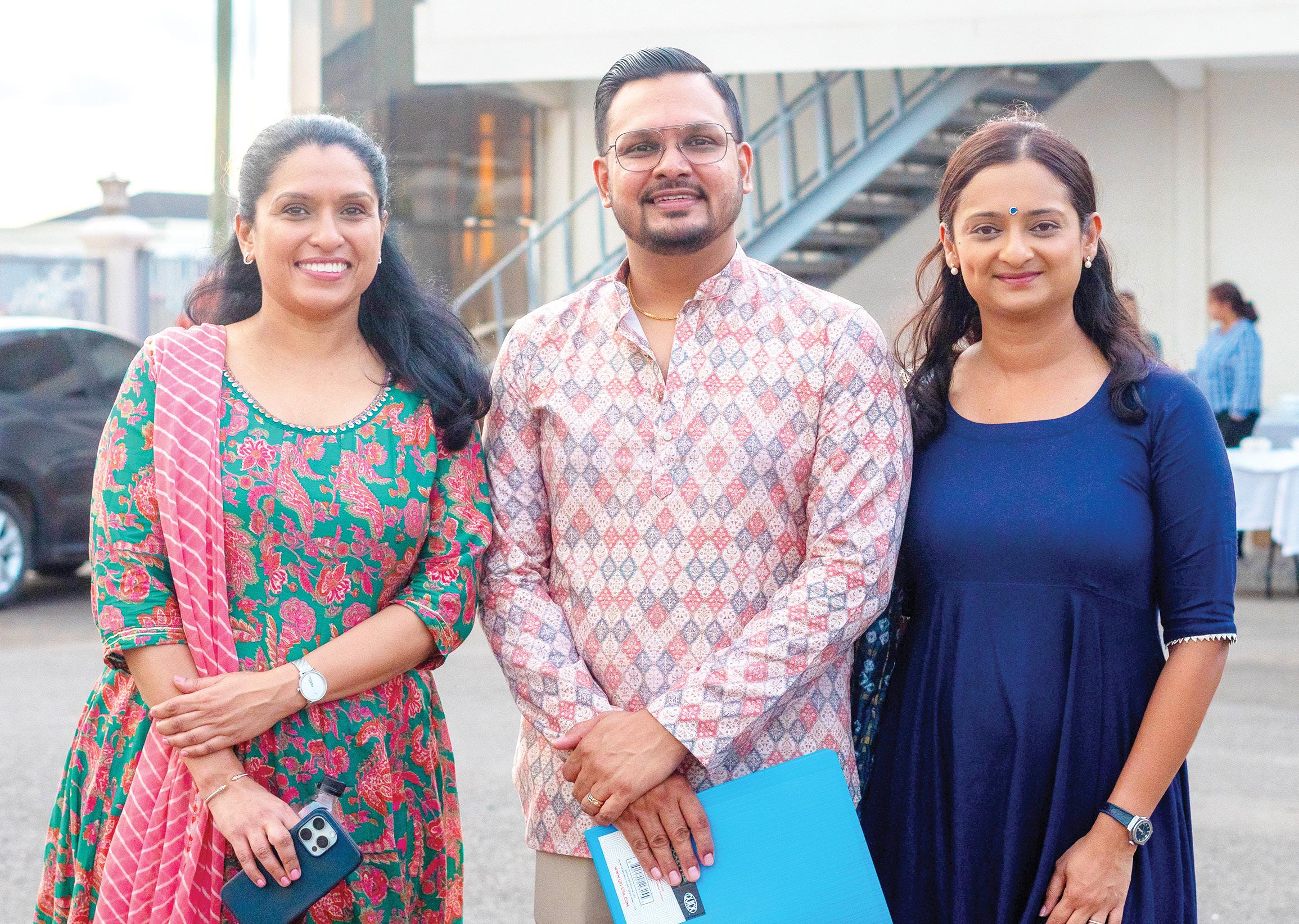



From vibrant motorcades to reflective family rituals, Diwali
illuminates the spiritual and cultural heartbeat of Guyana
By Chevon Lim
WITHIN the walls of the city sanctuary, thick with the sound of screaming macaws and the soft hum of city life awakening, a group of children gathered at the entrance of the Botanical Gardens on a nondescript Thursday morning.
Backpacks bouncing and brimming with snacks, sneakers neatly laced and sunhats secured, they weren’t just here for a stroll. They were about to embark on the Botani’Kids Tour—an experience crafted by Trailmaster Adventure Tours in partnership with the Protected Areas Commission (PAC), the Guyana Wildlife Conservation and Management Commission, and other partners—a tour that promised laughter, discov -
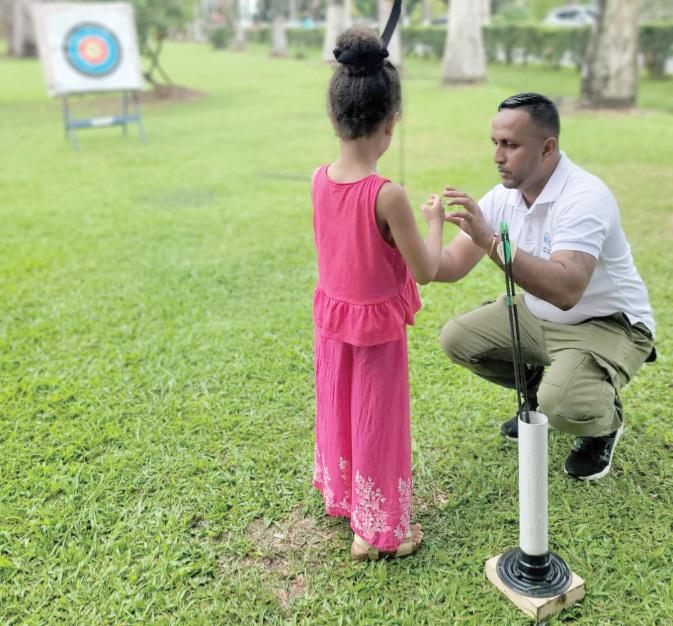
ery, and a quiet but powerful lesson for young minds in environmental stewardship.
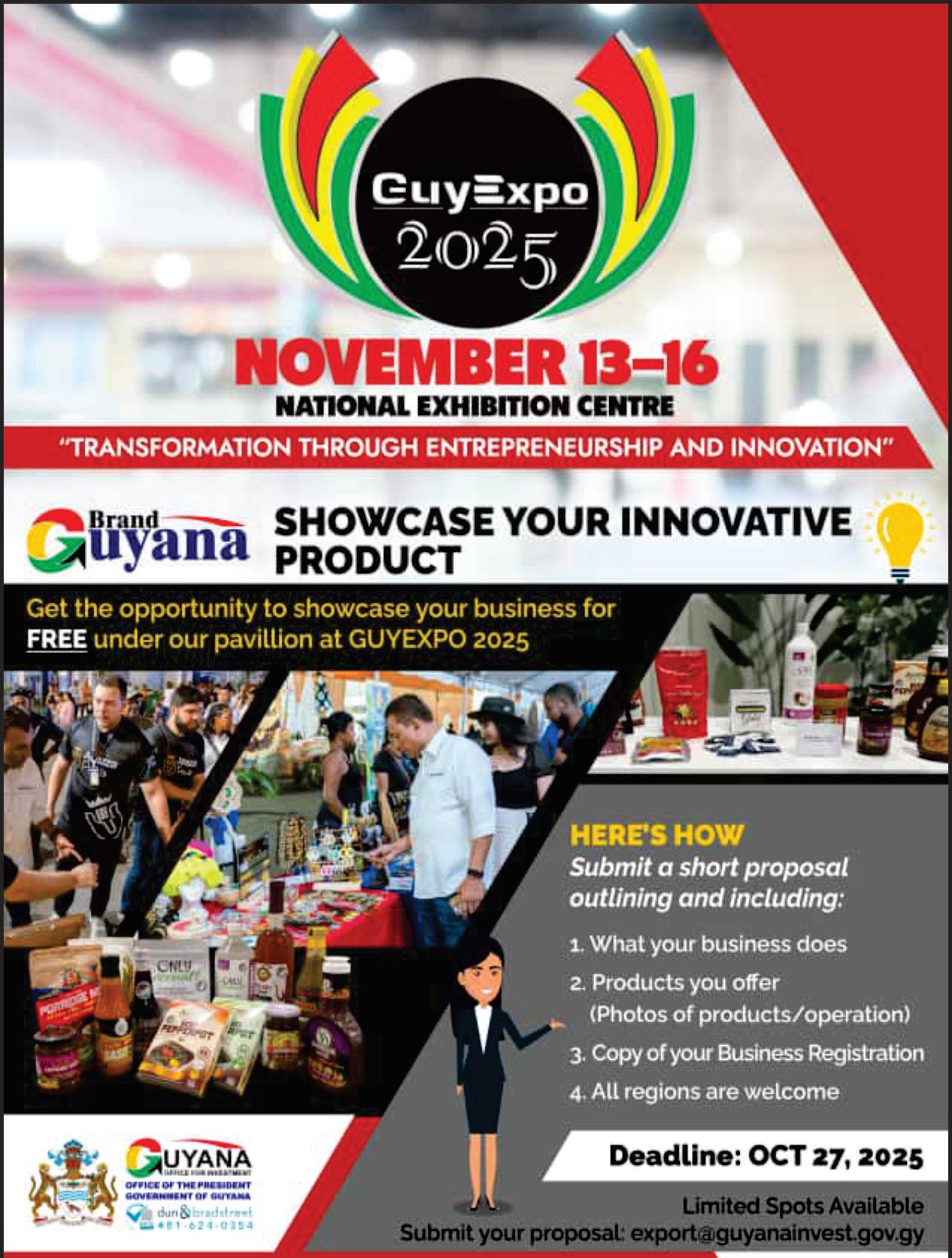
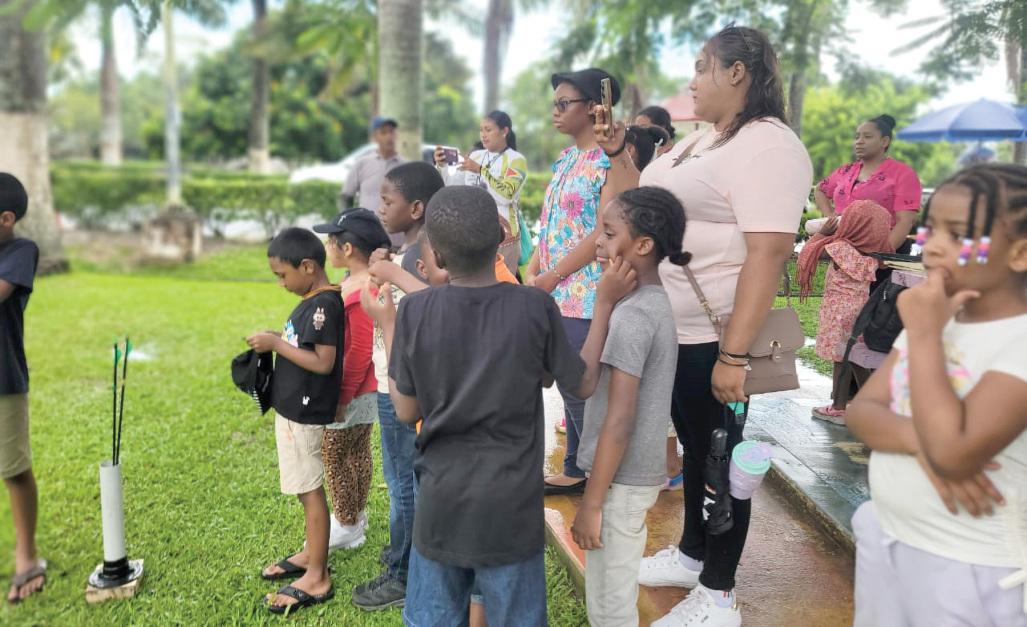
The adventure began with a ten-minute briefing session led by tour guide Christopher Chin of Trailmaster Adventure Tours. Parents leaned in while children fidgeted with excitement, eyes wide as the guide explained what lay ahead. The first leg: the Guyana Zoological Park, a sanctuary for animals and their stories. Each animal within the enclosures was a survivor—rescued, rehabilitated, and given a new lease on life.
As their little feet pattered across the threshold, the city zoo opened up like a world of wonders waiting to be explored. Flanking left and right were birds of every description and colour, their calls beckoning to the frenzied children, who pressed closer to the enclosures as TURN TO PAGE IX
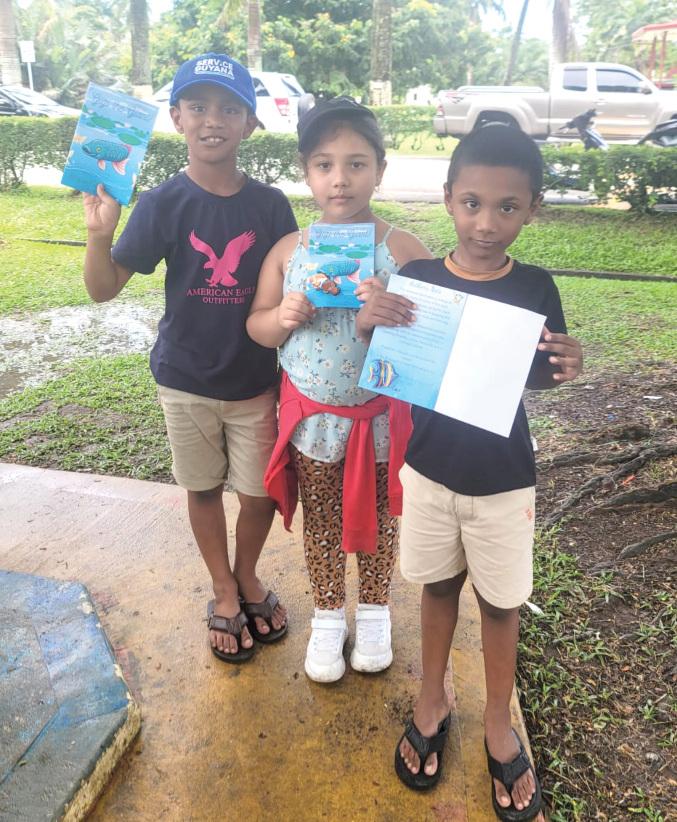
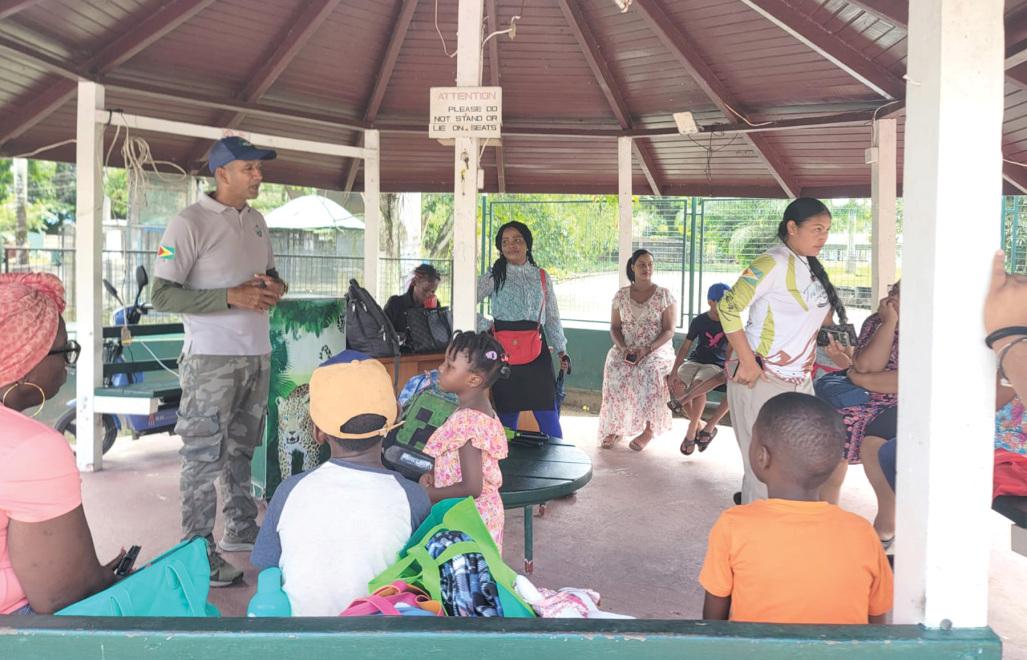
By Shaniya Harding
EVERY year, as homes glow with rows of diyas and the smell of traditional sweet treats fills the air, Diwali—the festival of lights—transforms Guyana into a tapestry of colour, sound, and devotion. For many, it is a time of joy and celebration; for the Guyanese Hindu community, it carries a deeper spiritual significance. This week, Pepperpot Magazine sat down with three members of the Guyana Hindu Dharmic Sabha to explore what makes Diwali so meaningful, and how it shapes not only Hindu lives but the culture of Guyana at large.
A reminder to reflect Pandit Omkaar Tewari, a spiritual leader with the Sabha, described Diwali as much more than a display of lights. “Diwali is associated with Lakshmi Puja,” he explained. “Lakshmi being the goddess of wealth, good fortune, success, and auspiciousness. ‘Laksh’ is a Sanskrit word; it means a mark or a sign. Everything associated with purity, good fortune, success, we associate with Mahalakshmi,” he said. For
Pandit Tewari, the festival is as personal as it is religious, describing it as a time for families and households to celebrate collectively in the light that Diwali brings. “Diwali is that beautiful festival where we welcome her into our homes and the very core of our hearts, so that she can be our guiding light. She’s also the goddess of light. Wherever there is darkness, inside or outside, we pray that she dispels that darkness.”
He recalled growing up celebrating Diwali with awe—both for the vibrant spectacle and for its deep spiritual meaning. Diwali’s festivities include a number of eye-catching traditions: vibrant decorations, colourful rangoli designs, and the Sabha’s renowned Diwali motorcades. Yet the festival also carries a reflective purpose. “It’s a time to reflect on the habits we want to let go of,” he said. “Darkness does not only come physically and with physical enemies, but also within. Darkness comes in the form of vices like negativity, dishonesty, hatred, jealousy, ego. Diwali is a time to confront that darkness, to make change in our spiritual journeys. It starts with you. We all want a world of peace and love, but sometimes we
all have our wars that we battle each day. The festival teaches us to imbibe great qualities and virtues, and overcome darkness in our lives.”
Celebrations that shape Diwali
The community celebrations are what truly bring these lessons to life, particularly through events that engage children and adults alike. Zahra Alli of the Sabha outlined some of the activities that mark the season. “Around Diwali, we have three main events that happen across the country,” she said. “The first is the inter-schools rangoli competition. Children are asked to depict the story of Diwali using rice and coloured sands, and they’re judged on their use of colour, creativity, and ability to tell the story visually,” she added. Moreover, Alli explained that the tradition of community engagement deepened during the COVID-19 pandemic and gave rise to one of the Sabha’s most popular celebrations of the season, Deep Jale. “During the pandemic, we launched Deep Jale. Since we could not be together because of health restrictions, we had central points in communities where a diya would be lit or a murti of Mother Lakshmi would be dis-
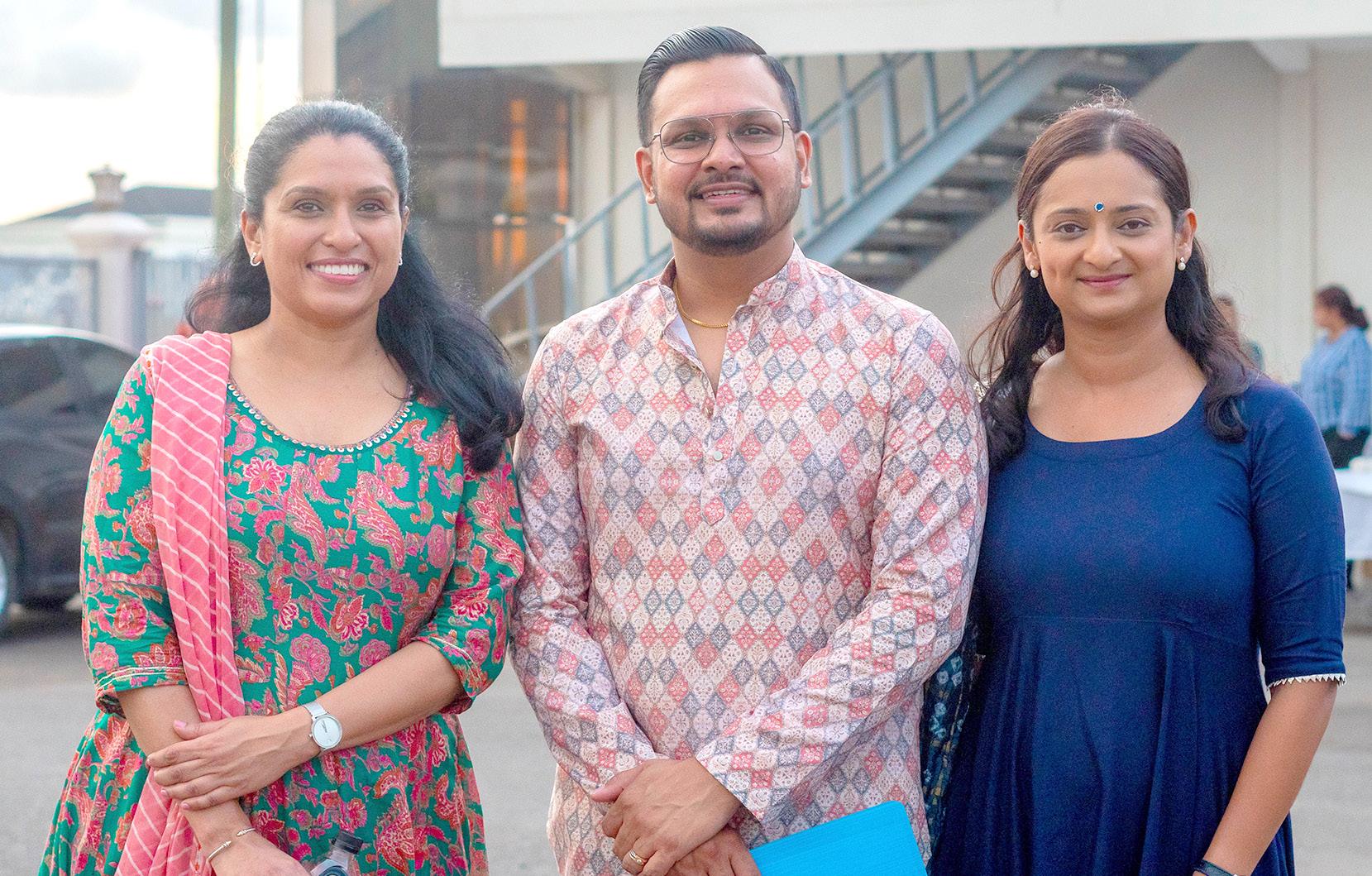

played. Even during that period, each village felt the presence of Lakshmi and the spirit of Diwali,” she said.
The motorcades have become a hallmark of the festival, drawing crowds from across Guyana. “Now, even as COVID has passed, we continue Deep Jale as a prelude to the motorcades,” Alli said. “Our motorcades are very popular; they are known throughout the Caribbean. This year we have three—Essequibo on Thursday night, the West Coast on Friday night, and the biggest, culminating on Sunday night, leaving from the Shri Krishna Mandir in Campbellville to LBI.”
The motorcades, Alli noted, are more than visual spectacles; they are a vital part of the festivities. “There are categories—small, medium, large, commercial—but each year, the creativity is mind-blowing. Groups, businesses, they all want to outdo each other. Each year, the competition gets harder to judge, but it’s spectacular. Like the rangoli competition, participants are judged on creativity and how well they convey the story of Diwali.”
Diwali and culture
For those who have witnessed the motorcades for years, Diwali’s energy is palpable. Trishala Persaud, another member of the Sabha, said the motorcade has long been a highlight of Diwali for her. “The highlight for me is at the Shri Krishna Mandir in Campbellville when the floats assemble,” she said. “It’s the one moment when you can see the floats close up for a longer period, feel the excitement of participants, and experience the energy. As the motorcade moves along the streets, the crowds, especially children, look
on in wonder. It’s just a mood that’s truly amazing,” she said. However, Persaud emphasised that the motorcades do more than just mark the day; they bring Diwali to everyone, transcending religious boundaries. “It involves the entire Guyanese population. People feel like they are part of Diwali. Many tell us they came as children and now bring their children and grandchildren to see the motorcades.
That continuity is special. Over the years, we’ve added other activities, like the rangoli competition in schools, celebrations at offices, and Deep Jale in communities. All these elements build appreciation for the festival, foster community spirit, and encourage respect for different cultures,” she said.
This inclusivity and sense of unity, Persaud said, is part of what makes Diwali in Guyana unique. “Guyana is a multicultural country. We celebrate all of the festivals. Everyone celebrates each other’s festivals, and that should never be taken for granted. The motorcade and other activities allow young people to understand the significance of Diwali, to learn about the festival and its traditions. It’s a way to explain what Diwali is, how we celebrate it, and why it matters in Guyana.”
The festival of lights reflects both the spiritual and social fabric of the country. As Pandit Tewari noted, Diwali is a reminder to confront darkness and nurture light—both within and in the world around us. Through motorcades, rangoli competitions, Deep Jale, and family gatherings, the celebration unites Guyanese families and communities in reflection, creativity, and joy.
By Shaniya Harding
WHETHER it’s a home-cooked meal, fast food, or a dish from your favourite restaurant, all food starts at the farm. As Guyana joined the world in celebrating World Food Day on October 16 under the theme “Hand in Hand for Better Food and a Better Future,” the Ministry of Agriculture is taking steps to tackle a growing concern: food wastage.
With the agriculture sector expanding rapidly through new industries and innovative initiatives, Guyana has made notable progress in food security and production. Yet sustainability remains a critical priority, prompting the launch of two new units designed to repurpose spoiled produce and combat pests that threaten crops.
The National Agricultural Research and Extension Institute (NAREI), under the Ministry of Agriculture, recently introduced a composting unit and an ant-bait production facility. Composting converts spoiled produce into nutrient-rich soil, while the locally made ant bait targets the destructive Acoushi ants. Though these projects aim to support the national agricultural sector, they directly impact small farmers, who often bear the brunt of crop loss. To understand the challenge firsthand, Pepperpot Magazine spoke with four farmers from Region Three about food wastage and what the new initiatives mean for them.
For young farmer Krista Paul, farming is a new venture. Speaking to Pepperpot Magazine, Krista said her farm at Buxton is her first attempt at farming on her own. “I’m very new to this. I’ve been around farms a lot, but this is the first time I actually have my own plot of land that we are planting plantains on. We used to have a small kitchen


garden. I’m planning to try some watermelon soon. For now, we’re just planting plantain, and later I want to start farming watermelon and other things,” she explained. Although enthusiastic about the growth of the farm, Krista has already faced the harsh reality of crop loss, with the weather causing water damage to her crops.
“We get a lot of waste and crop damage. The last time I planted sweet corn, I got only three bags— the rats destroyed the rest. Once they eat and bore into it, it spoils quickly. Sometimes, by the time you reach back to the farm two days later, the rats already damaged everything. The farm is about four and a half miles from where I live, so it’s hard to get there, especially when it rains,” she added. She welcomed the new composting initiative, noting, “It would help if you bring the waste and they get rid of it and maybe you get something back, like compost.”
NAREI’s composting units are designed precisely to meet this
need. The vermicomposting facility uses red wiggler worms to biologically convert organic waste, including crop residues and livestock manure, into nutrient-rich soil. In addition, the composting unit employs heat-loving bacteria to break down crop residues and kitchen waste, ensuring rapid decomposition. Together, these processes enhance soil nutrient absorption and structure, improve water retention, and reduce reliance on synthetic fertilisers.
For experienced farmer Jade Dennis, food wastage is a real and persistent concern. Born and raised in agriculture, Jade said food wastage is one of his biggest problems. “I was born knowing my mother farming, and that is how she brought us up. I have been farming for about 17 years now. My farm is in Buxton. I do mostly cash crops— corn, bora, and other vegetables,” he shared. “I have about two acres of land. Right now, I’m planting sweet corn, squash, pumpkin, and

As farmers count their losses to pests and spoilage, the Ministry of Agriculture and NAREI are introducing targeted solutions to reduce waste and strengthen food security
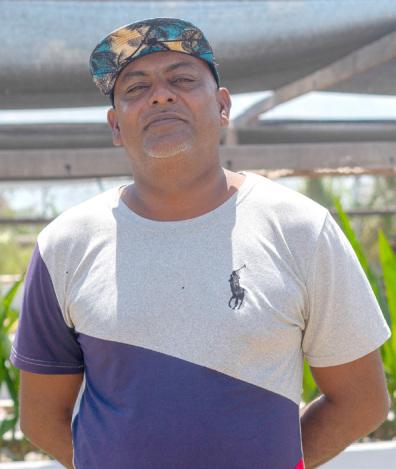
red tomatoes. I also do watermelon. I try a little bit of everything.”
Yet even with careful cultivation, pests and spoilage take their toll. “There’s also the bugs—stink bugs and others that damage the crops. We’d appreciate help with soil testing, too. Sometimes the watermelon is big, but the skin bursts open or the inside turns white. We don’t really know why. When the crops come out good, we sell them at the market and in the community. The customers like them. But a lot of times, we lose plenty to spoilage,” Jade said.
NAREI’s ant-bait production facility directly addresses one of the biggest threats to farmers like Jade—the Acoushi ant. For years, young citrus and cassava crops were devastated by these leaf-cutter ants, often overnight. The new facility produces locally sourced ant bait in a semi-automated process that mixes, dries, and packages the product in one continuous cycle. With the capacity to produce 30,000 packs
per year, compared to previous outputs of 10,000 to 15,000, the initiative provides farmers with a reliable, environmentally safe solution to manage the pest.
Shrieekant Ramnauth, another Region Four cash crop farmer, echoed the concerns of his fellow farmers. “I’ve been farming for about three years now. I used to live in Berbice, but I am now on the East Coast at Coldingen, and I started planting pak choy, thick-leaf cabbage, bora, okra, pepper, tomato, squash—all kinds of things,” he said. “Out of 100%, I would say about 40% of our crops get damaged. The chemicals from the store don’t work as we expect, and the bugs are too much. The watermelon gets brown spots underneath; the tomatoes, too. Some look good outside but are rotten inside.”
By repurposing spoiled produce into compost, farmers gain a reusable, nutrient-rich resource for future planting. Meanwhile, effective ant bait prevents catastrophic losses from pests, ensuring more of their harvest reaches the market. NAREI’s efforts go beyond the facilities, aligning with the views and calls of farmers. For Krista, Jade, and Shrieekant, these solutions could signal a turning point in farming practices and sustainability. World Food Day and Agriculture Month remind us that the journey of food begins long before it reaches our plates. With initiatives like NAREI’s composting and ant-bait facilities, and the dedication of farmers across Guyana, the nation is taking meaningful steps to reduce food wastage, improve crop productivity, and secure a sustainable future.
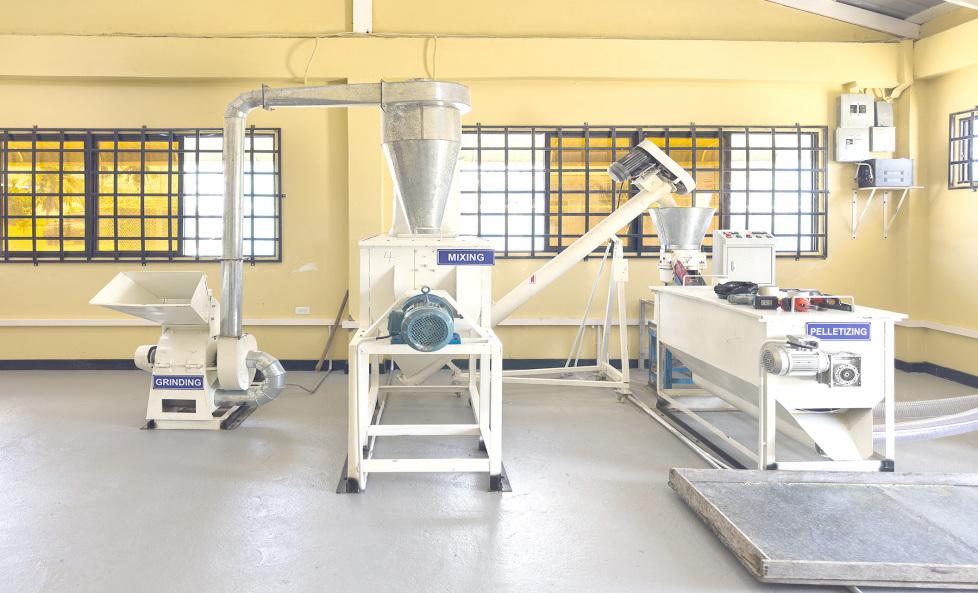
By Shaniya Harding
FOR most people, music is shaped by the culture and traditions of their home. But some musicians transcend boundaries, blending influences from across the globe. Melody Thomas—singer, songwriter, and producer—is one such artist. Born in Guyana and raised in London from the age of three, Melody has spent much of her life abroad. Yet her music has always carried a Caribbean touch, and her latest work is more rooted in her heritage than ever.
Recounting her early years growing up in East London, Melody told Pepperpot Magazine that she has always been drawn to the performing arts. “I was born in
Guyana, but I grew up in London with my family,” Melody recalls.
“I've always been drawn to performing arts from a young age, but I think around 11 or 12 years old, I decided I should actually take it up as a hobby.”
Her first formal experience in performance came with a London theatre company called Reality Bytes, where she explored acting, singing, dance, and songwriting.
“That was my first taste of the performing arts world,” she said. “I did songwriting there, I did dance, and I did acting and singing.”
From theatre to music production, Melody’s career began in London, where she was signed to a label called Star Vibes. She wrote songs for various artistes and released her

own reggae tracks, which quickly gained recognition. Despite her success in London, her connection to her Guyanese roots drew Melody back home.
“I started talking to other artistes in Guyana because, obviously, I’m from Guyana,” she explained. “I was curious to see what other artistes are from my country.
After a few years, I decided I wanted to come home and see what it’s like to work with my fellow countrymen.”
Her first visit to Guyana, in 2018, brought both surprises and lessons. Emphasising the vibrancy and talent in Guyana, Melody says she wanted to see more of a buzzing community. Comparing Guyana to other Caribbean counterparts, Melody noted that although smaller in population, there is still a real need for a stronger local music community.
“I was a bit surprised about Guyana’s music scene because, obviously, living outside, we have our own assumptions of what the industry is like here, and you think all Caribbean countries are similar. But that wasn’t the case. Guyana was not behind, but not where I expected it to be,” she said.
Talking about her creative process, Melody says it is fluid and intuitive. “I don’t really have a format. Sometimes I write and then I produce, sometimes I produce and then I write. I also make my own beats,” she added. While she started in R&B and soul, reggae became a key part of her music catalogue. “I don’t just do reggae—I do R&B, soul, and reggae,” she explained, adding that, like Guyana, the UK’s melting pot of cultures helped her music find its audience.
“In the UK, it’s a big melting pot of cultures. There’s a lot of Caribbean people living over there, a lot of African people.
Mixed genres happen quite a lot. I started singing R&B and soul first, but then I got into the reggae scene through some contacts in Jamaica. Reggae is a huge genre in the UK, so it was easier for me to get into the industry there because of the contacts I already had.”
Melody has written and produced a rich catalogue of her own material as well as collaborating

with and writing for local and international artistes.
She has also performed at various venues across London, Canada, France, Antigua, Montserrat, and Guyana—including the 291 Show at Hackney Empire, several songwriters’ competitions, the Canadian Reggae Fest, and Hootenanny, just to name a few.
Despite her international experience, Melody sees opportunities for growth in Guyana’s music scene. “I would like to see a proper community—something similar to a musicians’ union—where all artistes and creatives can have access, whether it’s learning materials, funding, or just opportunities to advance their careers. There needs to be a fraternity in Guyana for musicians so we can get the correct support to drive the industry forward,” she emphasised.
Melody’s work in the local scene has been marked by significant accomplishments. This year, she was nominated for two awards at the Demroc Music Awards, one of Guyana’s premier music platforms. “I have been nominated for Reggae Female of the Year and also Best Culture Podcast of the Year. For the podcast, I’ve been the content manager at HGPTV for the last two years and produced a show called Inside Culture. It highlights Guyana’s culture, arts, and creatives to the rest of the world,” she explained. The Demroc Music Awards ceremony will be held on November 22 at the National Cultural Centre. Tickets and voting information are available at demrocmusicawards. com.
Melody’s plans extend beyond
music and awards. She is launching a new TV show, Guyana After Dark, at the end of November on HGPTV. The show will highlight nightlife across Guyana—covering bars, clubs, restaurants, exclusive events, and top stage shows. “We’re showcasing all the top nightlife in Guyana,” she says. “Bar owners and proprietors can get in contact with me if they want to feature their venue.”
Adding another milestone to her career, Melody recently launched her own record label, House of Melody Entertainment, said to be the first female-owned record label in Guyana. The label is actively seeking new talent and offers full label deals, including management, production, and distribution. “At the moment, I only have one artiste signed, but I’m looking for the best of the best—any genre, any style,” she said.
From a child immersed in performing arts in London to a multifaceted artiste, producer, content creator, and mentor in Guyana, Melody Thomas has carved a unique path in music. “I want to see the music scene in Guyana grow and thrive,” she stated, adding, “There’s so much talent here, and with the right support, we can take it to the next level.”
As Melody continues to release new music infused with Caribbean rhythms, host shows that celebrate local culture, and build platforms for emerging artistes, she stands as a growing voice from Guyana to the international stage. For music lovers, there’s plenty to look forward to from the talented Miss Melody.
Careful transformation makes dumpsite into a cozy, well-kept hub
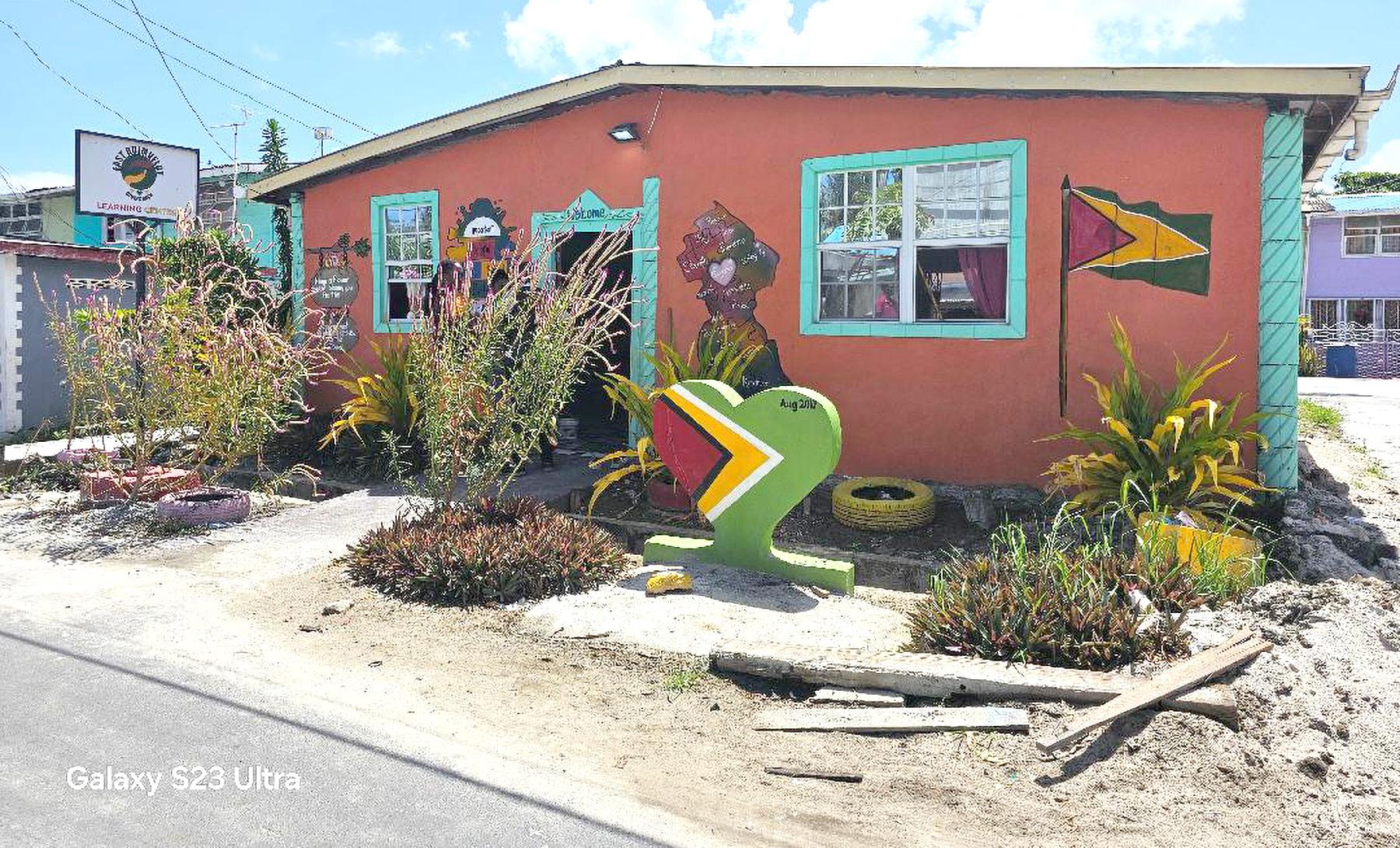
By Michel Outridge
MELISSA Cush wanted to be the change in her community during a troubled time when the village was stigmatised and crime was on the rise.
As a resident of East Ruimveldt, Georgetown, she was disheartened by the events of 2017, which she described as a lot of senseless killings taking place in the community, and she was not happy about it.
However, she had a vision—one she eventually made a reality by turning a dumpsite into a place where children, youths, and adults could come together for various activities, including educational programmes and skills training exercises.
Through that difficult period for the village, the East Ruimveldt Learning Centre was born. It transformed the community, and with assistance from many, including Commissioner of Police, Clifton Hicken, the building still stands strong today.
Cush told Pepperpot Magazine that after the garbage was cleared from the space, she began to transform
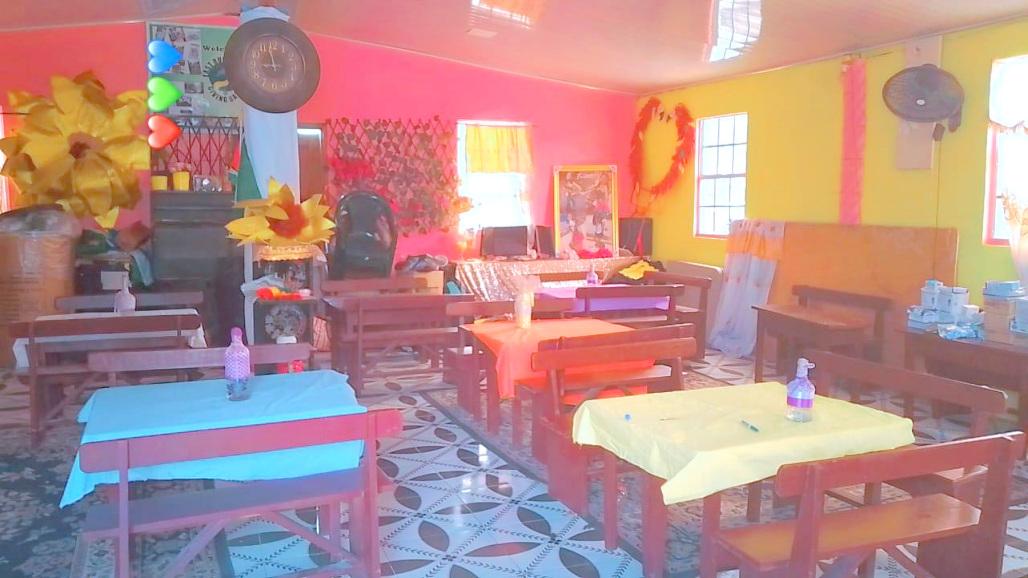
it by installing old tyres and benches.
It wasn’t yet to an acceptable standard—without a building, it was still just an open space. When Hicken came on board after learning of Cush’s initiative, he pitched in to lend support in 2023.
She said that brick by brick, the building was constructed, replacing a plot of land once covered in rubbish.
The flat concrete structure now stands as a testimony to faith and determination by


needs to be replaced.
Cush revealed that she has been collaborating with several agencies, including the Ministry of Labour and Manpower, to host training programmes for the youths in the village.
Cush, who partnered with others to reach that level. Today, the edifice is serving its intended purpose in the community.
Cush explained that through the collective goodwill of others, the idea for the East Ruimveldt Learning Centre was realised. Once the building was completed, they began furnishing it with the help of donors.
Cush, founder of what was formerly known as the East Ruimveldt Giving Back Centre, later renamed the
East Ruimveldt Learning Centre, manages the facility located in the heart of the village via Back Circle.
Ever since, Cush has taken on the responsibility of the centre’s general upkeep. It operates on donations and the kind gestures of others, including villagers. She reported that she is in the process of securing a potable water supply for the building and that some of the equipment, such as the small refrigerator she has been using for the past four years,
In addition, she hopes to introduce facial makeup courses for young women in the community, enabling them to establish their own small businesses. Cush is currently trying to source a salon station and chair to start the programme at the East Ruimveldt Learning Centre.
She noted that the centre aims to empower young people and equip them with life skills, enabling them to earn a living by establishing their own businesses.
The founder said the centre usually caters for around 70 children from the community, though attendance varies depending on the courses offered.
She expressed her gratitude for the support the centre has received from corporate
Guyana, individuals, organisations, and other agencies, which helps to keep its doors open.
Cush added that the centre hosts many activities and events, including Christmas breakfasts for children, followed by a fun day with games, a cancer walk on October 26, 2025, spelling bee competitions, beauty pageants for young girls, annual dinners for senior mothers, gift basket distributions for the elderly, domino competitions for fathers, Mashramani celebrations, and tea parties, among others.
She shared that she tries her best to host events so that the children can experience all celebrations right within the village, ensuring no one is left out. Each activity relies on donations and community support.
The mother of eight said her husband died last year from meningitis, leaving her a single mother of four school-aged children and four adults.
By Michel Outridge
NESTLED along the right bank of the picturesque Pomeroon River in Region Two, Hackney Village is home to one of Guyana’s most passionate and visionary beekeepers—41year-old Amitra Narain. A mother of two and founder of the Pure Rivers honey brand, Narain has devoted her life to preserving and advancing a family tradition that has spanned four generations of dedicated apiarists in the Pomeroon.
For Narain, beekeeping is far more than a livelihood—it is an inheritance of knowledge, discipline, and love for nature. Her great-grandfather, grandfather, and father, Royston English, were all beekeepers, and from a tender age, she absorbed the art and science of caring for bees. She vividly recalls helping her father with the hives, learning the delicate process of honey extraction, and savouring fresh honeycomb straight from the box—her favourite childhood memory.
By sixteen, her exceptional skill and leadership in the field earned her the position of Secretary of the Pomeroon Beekeepers Association, which today boasts thirty-three registered members, including several women. She credits her father’s patient instruction and the strong family bond that encouraged each sibling to learn the craft, though she alone chose to remain deeply involved and turn it into a business.
Today, Narain’s Pure Rivers honey stands out not only for its purity but also for its unique colour and distinct flavour, which she attributes to the positioning of her hives among fruit trees and mangroves in the Pomeroon area. These natural surroundings provide diverse nectar sources that contribute to the rich, layered taste of her honey—qualities that discerning customers across Guyana have come to appreciate.
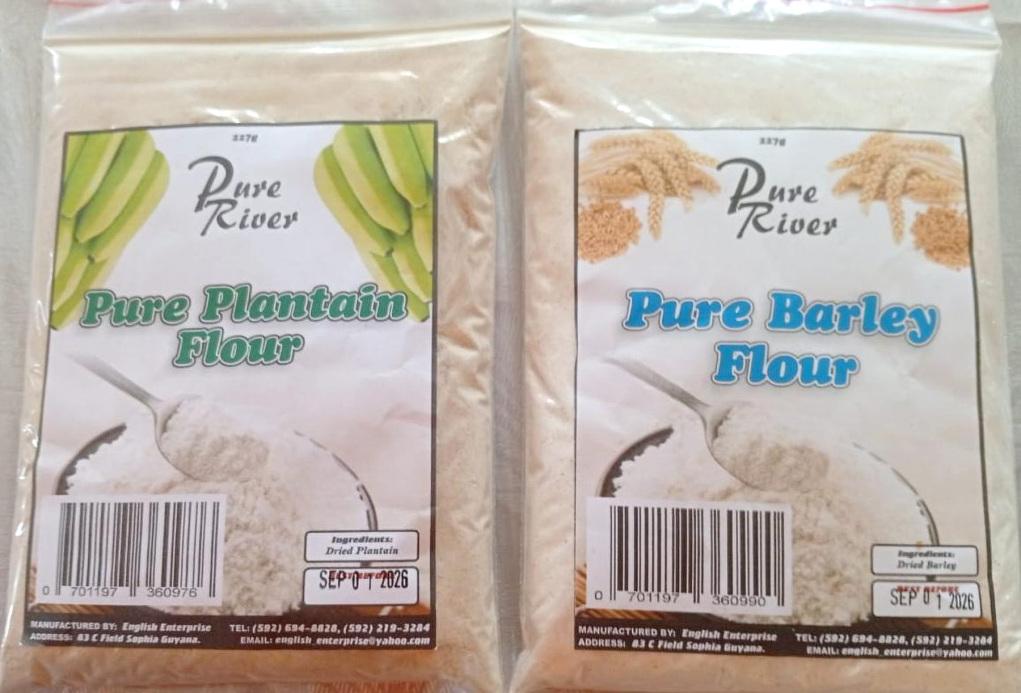

“It’s real honey from the Pomeroon—no additives, just pure nature,” Narain proudly affirmed. Her Pure Rivers brand is retailed and
wholesaled from her home in Hackney and can be found in supermarkets, local shops, and markets throughout Essequibo and beyond. Currently managing five active hives, she plans to expand her operation by an additional twenty boxes by Christmas, with a long-term goal of owning one hundred hives.
The Pomeroon: Guyana’s Pristine Honey Belt
The Pomeroon River region, situated between the Essequibo and Waini Rivers, is often hailed as one of Guyana’s most pristine honey-producing zones. The area’s lush vegetation, abundance of flowering plants, and low pesticide use create an ideal ecosystem for beekeeping. Its mangrove forests and fruit-rich landscapes not only support thriving bee populations but also impart distinctive flavours to the honey produced there. These natural advantages make Pomeroon honey a premium product—highly valued for its purity, texture, and taste.
Narain reminisced that when she was a child, her father would extract as much as ninety-gallon barrels of honey per night during peak seasons. However, environmental changes have since posed challenges. “More
lands are being cleared for farming and housing,” she noted. “Even though my hives are located away from intense farming areas, the use of pesticides still affects bees, leading to their death or swarming.” She added that this year’s honey yield has been lower, likely due to reduced rainfall, fewer flowering plants, and prolonged dry conditions.
Despite these challenges, Narain remains unwavering in her commitment. Balancing her role as a mother to two toddlers—ages three and six—with her beekeeping duties, she continues to see the practice as both a legacy and a source of empowerment. “My husband often asks why I chose beekeeping,” she shared with a smile. “For me, it’s more than just an economic activity—it’s love, heritage, and independence. It gives me financial freedom while keeping alive the tradition passed down through generations of my family.”
In addition to beekeeping, Narain is also an agro-processor—producing plantain, barley, and split peas flour— and a self-styled herbalist, crafting natural medicines from indigenous herbs. Her

ventures represent a broader movement among Guyanese women who are transforming rural agriculture through innovation and diversification while preserving cultural practices and ecological balance.
The Future of Beekeeping in Guyana Narain is optimistic about the future of Guyana’s apiculture industry, which she describes as “an untapped giant now being awakened.”
She welcomes the government’s renewed interventions through agencies such as the Guyana Livestock Development Authority (GLDA) and the Guyana Food Safety Authority (GFSA) to regulate and strengthen the sector.
“Testing honey and establishing laws and standards will go a long way in helping the industry grow both locally and regionally,” she stated.
She also applauds these initiatives for their role in protecting local producers.
“Local beekeepers often have to compete with adulterated honey on the market, which undermines the integrity of our genuine brands. With
proper regulation and testing, consumers can be assured of quality, and honest beekeepers like myself can thrive.”
Narain’s participation in the GLDA’s Annual Honey Fest has been instrumental in showcasing her brand and connecting with other beekeepers across the country. At last year’s event, she proudly displayed her freshly harvested honey and honeycomb—offering visitors an authentic taste of the Pomeroon. She is once again preparing for Honey Fest 2025, scheduled for October 31 at GLDA’s Compound, Agriculture Road, Triumph, East Coast Demerara, where she plans to highlight not just her products but also the importance of sustainable, authentic honey production in Guyana.
For Amitra Narain, every jar of Pure Rivers honey tells a story of tradition, environmental harmony, and empowerment. From hive to bottle, her journey reflects the enduring spirit of the Pomeroon—pure, resilient, and full of promise for the future of Guyana’s apiculture industry.



the birds preened and proudly paraded their vibrant plumage. What a show they put on—and what a task it was keeping the tour group in tow! Left and right they flitted, torn between the exciting stories and animal histories told by the expert guide from the Protected Areas Commission. Amidst the excitement, they became fascinated as the guide described the journey of a harpy eagle that had been rehabilitated after an injury.
The adults were not left behind, as they too were drawn into these narratives, often surprised by how little they knew of the creatures that found a home in the zoo. Every pawprint, every feather, every gaze was a lesson in resilience. For many of the animals, the zoo is more than just a home—it is a place of healing.
As the guide explained, wide-eyed children and their guardians listened closely, learning that the zoo is where the sick, the injured, the orphaned, and even animals rescued from captivity come to find care. Some of the little ones gasped with delight when they heard that many of these creatures are eventually released—strong and healthy—back into the wild.
“So they get to go home again?” one child whispered, her eyes shining.
The guide nodded, smiling, and went on to say that in this way, the zoo has been quietly acting as a rehabilitation centre for years. Still, some stay—animals too badly hurt, too young to survive alone, or too long in human hands. To the children, they weren’t just permanent residents, but new friends—part of the zoo’s family, ready to be loved and admired for the rest of their days.
As they made their way deeper into the park, squeals of delight filled the air as the sight of the monkeys and their antics sent the little ones into fits of giggles. Then came the gasps—Jada and Jazz, two magnificent pumas, lounged lazily in their enclosure, staring curiously back. The children pressed wide-eyed against the safety railing, marvelling at the sweep of their paws, the gleam of their teeth, and the low rumble of purrs that made the ground seem to tremble. The visit happily coincided with feeding time, so the group was treated to the breakfast show!
Yet it was Johnny the otter who stole the spotlight. With a playful leap into his pool, he splashed and spun, showing off tricks that drew

claps and cheers. He paused only to pop up for a quick peek around, basking in the laughter and attention of his new friends. A quick stop at the petting zoo evoked another round of “oohs” and “ahhs” before a shimmering pond beyond invited quiet awe—turtles inched gracefully along the banks while caiman waded silently below the water’s surface. There was so much to see, both on the way in and on the walk back, and despite the detailed tour and bright sunshine, the energetic bunch never lost their eagerness to explore.
After the walk, the group made their way to one of the garden’s many seating areas and huddled together for refreshments. Sticky fingers wiped clean, they leaned in as a representative from the Guyana Wildlife Conservation and Management Commission shared why conservation matters—not as a lecture, but as a conversation. This was another aspect of the tour designed to reinforce the importance of conservation and to reference
the animals the children had met during their zoo walk.
Then came a highlight: the storytelling session. The children fell into an enchanted silence as the book “Gigi the Giant Arapaima” was brought to life.
Through the tale of a fish as long as a canoe, young listeners absorbed something profound—that rivers, forests, and animals are not just backdrops to our lives, but living treasures to be protected. Each child left clutching their own copy of the book, a keepsake and reminder that they, too, are part of the story. The momentum continued with tree-hugging and grounding, and to most of the older kids, it was just an opportunity to climb the limbs of the nearby towering trees.
The next leg of the tour brought the group to archery, where a mix of excitement and nervous giggles rippled through the air. Tiny hands clutched at bows almost as tall as their owners, and one by one, the little tikes bravely stepped up to try their luck at hitting the bullseye. Some
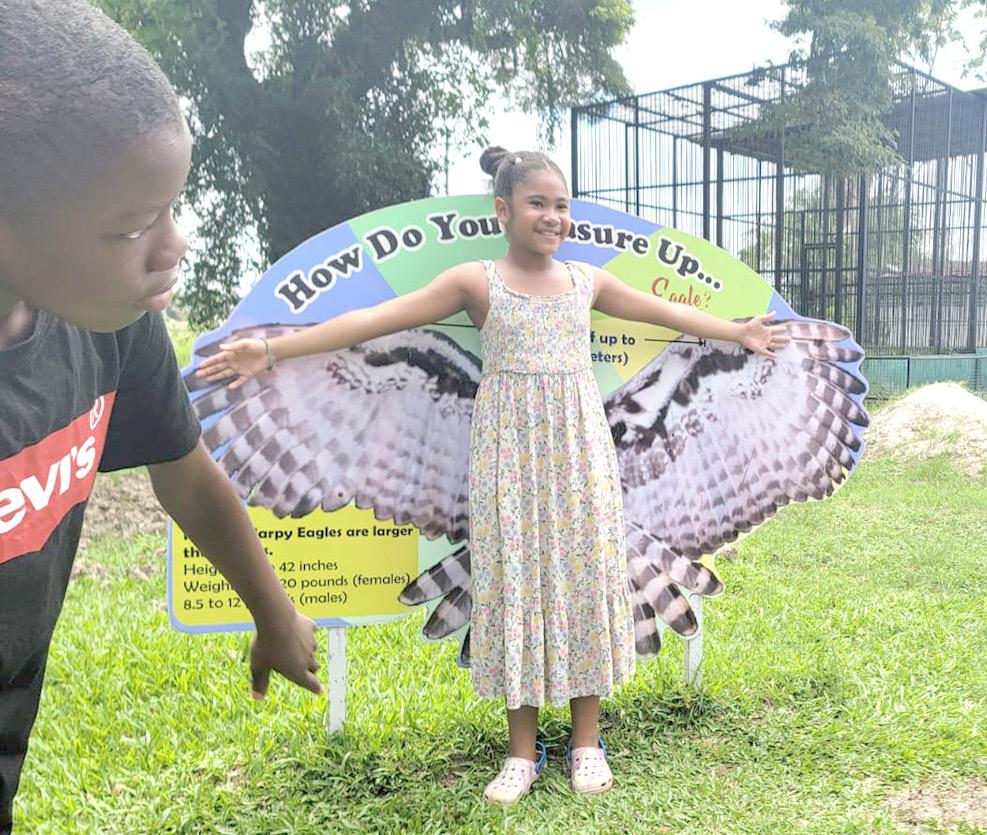
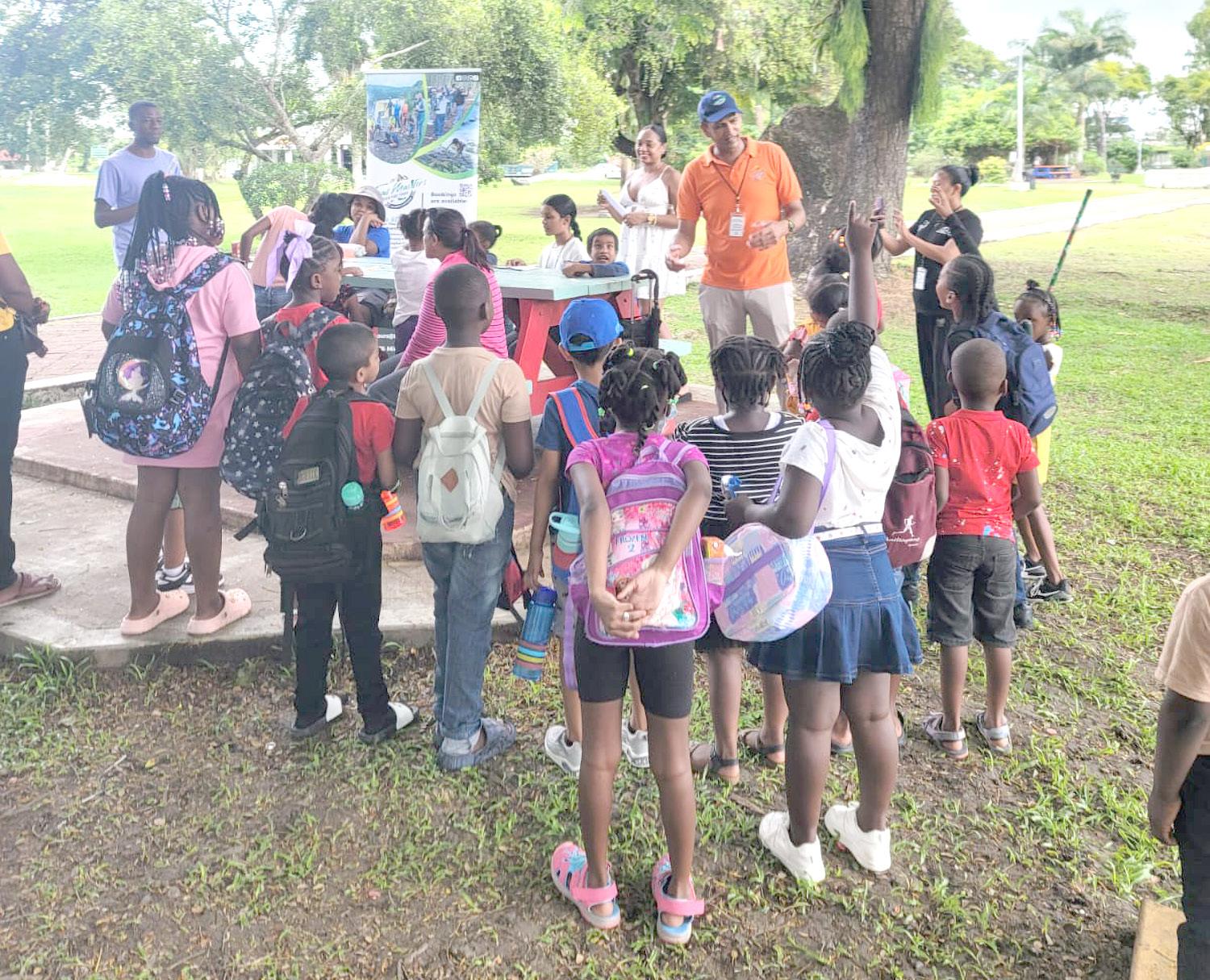
friends. Off to the side, a few cautious ones lingered in the queue, torn between fear and curiosity, until the adults stepped forward with encouraging smiles.
With steady hands, they showed how it was done— drawing the string back, taking aim, and letting the arrow fly true. The children watched in wide-eyed awe, their hesitation melting into laughter and renewed courage as they scrambled to join the fun, eager to prove they too were brave enough to give it a go. In the end, both parents and little ones were in line for yet another turn.
The fun continued and the laughter echoed across the pathways, punctuated by the occasional triumphant shout—“I found it!”—during a scavenger hunt for hidden flora and fauna. For the adults, there were parallel sessions—gentle yet eye-opening conversations about sustainable practices and conservation habits they
could implement at home. Parents often found themselves learning as much as their children, reminded that environmental responsibility is as much about daily choices as it is about policy.
As the afternoon sun shifted and the final echoes of laughter faded among the trees, the Botani’Kids Tour drew to a close. What began as a simple Thursday morning tour had blossomed into a day alive with adventure—of feathered shows and furry friends, daring arrows and hidden treasures, splashes of otters and stories that leapt from the pages of books. But beyond the thrills and giggles lay something deeper: a gentle awakening.
The children left not only with memories of pattering feet and wide-eyed wonder, but also with an understanding that the creatures they met and the forests and rivers they learned about are fragile treasures entrusted to their care. And so, backpacks a little lighter, smiles a little brighter, and lessons tucked away like keepsakes, the
group stepped back through the gates knowing that while the day’s tour had ended, their journey as guardians of the environment had only just begun.
The Botani’Kids Tour is an investment in the future. By blending conservation with play, it plants seeds of environmental awareness in the next generation. The organisers are now in discussions to make the Botani’Kids Tour a permanent fixture. Initially rolled out during the August vacation, the programme has proven that learning outdoors is not just enriching—it’s transformative.
In the Botanical Gardens, under the bluest of skies, the Botani’Kids Tour proves that education can be joy—and that joy can lead to change. The real treasure isn’t the puzzle solved or the scavenger hunt prize—it’s the moment a child looks up at a towering tree or into the eyes of a rescued animal and thinks, I want to protect this.
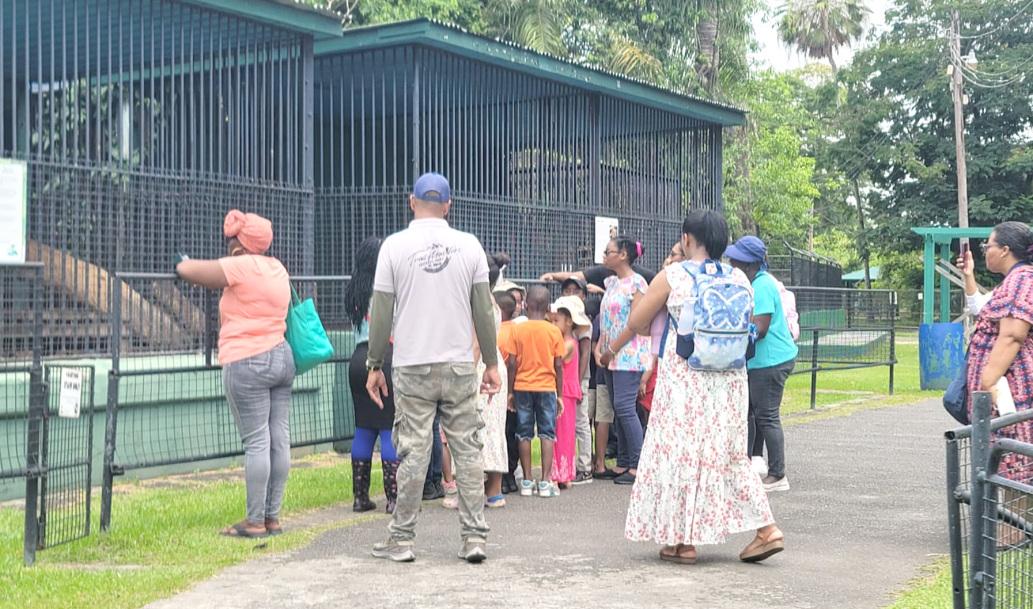

THE “MAAFA”, held yearly by the Afro-Guyanese community and guided by the rise and fall of the tide, is a significant commemoration rooted in a complex history that must not be accepted without critical examination.
In shaping the New World order, the invocation of perilous doctrines rooted in the fiction of distorted belief systems continues to challenge the lens of history in the exploration of a past that remains relevant to the present and the new day that must be shaped by atonement and clarity.
Before the past can be laid to rest in the archives of our awareness, the records of a dark age must not be costumed differently or continuously repeated without the interaction of a ritual of cultural accommodation rooted in a garden of truth bearing fruit. It must be realised that the acceptance of slavery was not a willing development by Africans. Records demonstrate that resistance to slavery unfolded in several areas. For example, in May 1803, a group of enslaved Africans from present-day Nigeria of Ebo or Igbo roots
leapt from a single-masted ship into Dunbar Creek off St. Simon’s Island in Georgia. It was concluded that the Africans committed mass suicide, possibly believing that their souls would return to the ancestral lands. Other methods of resistance were tried across the slave nations of the New World.
Another manifestation of the resistance against slavery, not often discussed, was the early escape from the horrors of plantation bondage, when the number of escaped enslaved Africans recorded had become members of pirate ships. In 1716, the
slaves of Antigua had grown very impudent and insulting, causing their masters to fear an insurrection.
Hugh Ranking writes that a substantial number of the unruly went off to join those pirates who did not seem too concerned about colour differences. (See Pirates: Terror of the High Seas, from the Caribbean to the South China Seas.)
Of the Africans who were brought to the Americas and enslaved, many maintained strong belief systems related to the sea and water in general. Thus, the Maafa encompasses that universe within
the significance of also recognising the savage journey to the Americas and the Middle East. Africans could find no rational justification for the slavery conducted against them by warring tribes or those who did not share their belief systems or cultural values.
Hence, their rejection through revolt on slave ships, suicide, and rebellion throughout the era of plantation existence and servitude commits those who survived to acknowledge, through recognition and remembrance, the darkness they endured.
We, who have inherited
their memory on the soil to which they were bound, must through commemoration honour their sacrifice and remember their strength—then and now—which inspires us to reflect and endure before the sea upon which the ships of bondage came, casting their bound living bodies here to live, to work, and to die for their enslavers’ interests.
But the innate will to endure enables us today to remember and acknowledge the will from whence we came, and to continue in the age we now live without fear of the challenges before us. Until next year.


ANJANIE held her breath, a little nervous tremor in her body as the doctor looked through the results of the tests she had taken. He sighed a little, took off his glasses, put them back on and looked at her, shaking his head slightly.
“So, how have you been doing since your move to the tropics?”
“I’ve been doing great, lots of interesting things to do.”
“You do look in the peak of health,” he stated, and, picking up the results, he said to her, “The tests have shown no indication that the cancer has returned, and that’s a very good sign.”
He smiled at her, a happy look on his face, and she said, a little tremor of emotion in her voice and tears in her eyes, “Thank you so much, doctor.”
She stepped out of the doctor’s office, deeply relieved, and looking up at the clear sky, she whispered, “Thank you, dear Lord.”
Her daughter, Sarah, 18, and her son, David, 20, were anxiously awaiting her return and were overjoyed with the good news.
“You did great, Mum,” they exclaimed, hugging her.

She hadn’t wanted to leave them, though she knew they would be well taken care of by her in-laws. But the double disaster of the cancer and divorce had left her deeply traumatised. She needed a place away from her home and life in the UK to recuperate, and her old home in Guyana seemed the perfect retreat.
It had helped her to find her way back, to breathe the freshness of a new life and peace of mind—something precious.
Her story touched Sarah and David’s hearts, bringing tears to their eyes—the lov-
ing mother they almost lost. When it was time for her to return, they told her, “Now that you have to share your time between the home in Guyana and here in the UK, we will come to visit you as often as we can.”
“That’s so wonderful!”
Anjanie expressed.
“And our first trip is soon—for Diwali,” Sarah informed her, quite excited.
“What!” Anjanie exclaimed, surprised. “That would be so great.”
Her children were English-born and had never visited her birthplace. What they knew about life there and the festivals celebrated were what she had told them. She was happy that, as young adults, they could now make their own decisions and choose to visit on Diwali, a sacred tradition.
The day before she was scheduled to leave, she received a surprise from her ex-husband, who wanted to see her. He apparently had deep regrets for the unkind way he had treated her when she was fighting the cancer and wanted to apologise.
“You look once again like you—and even better with shorter hair.”
She smiled warmly, for she held no animosity in her heart for him.
“I have found something special in life.”
He smiled warmly. “Happy to hear that, and should you need assistance for anything, please let me know.”
“That’s kind,” she said with a little smile of thanks.
Anjanie returned to Guy-
ana with great news from her doctor, much to the joy of her close family and friends. As soon as she had settled in, she spoke to her contractor.
“So, where were we?”
He looked at her and expressed with admiration, “You don’t waste a day, do you?”
“Nope, each new day is a blessing, and we have to strive to make it worthy, because you never know…”
She left the sentence unfinished, and he nodded, understanding all too well.
With growing popularity due to her breast cancer-related social work, she had been interviewed by media houses on her journey to recovery and invited to speak on the topic in a few forums. The response and interest sparked an idea to establish a foundation to support victims of the illness. It was called the Anjanie Breast Cancer Foundation, and the biggest donor was her ex-husband.
“Well, that’s being extra kind,” she said to herself.
She was very grateful for his donation, as it was of great help to the victims of breast cancer.
She had been working on several plans and ideas with scheduled dates, and the restoration work on the TURN TO PAGE XVII


THE Caribbean imagined in Olive Senior’s new novel, Paradise Once (Akashic, $19.65), is both magical and unsettling—suffused with auguries, omens, ancestral gods, sacred rituals, and a profound sense of reverence. It is the Caribbean once—a world long gone— specifically, the year 1513,
when the islands of the archipelago were still home to the Taínos, the region’s Indigenous peoples.
The novel reads like fantasy, steeped in the tropes of epic quests and mythical landscapes, but it is, in fact, a historical novel—and a superb one.
At its core, Paradise Once
is a quest narrative, reminiscent of J. R. R. Tolkien’s The Lord of the Rings trilogy. It follows the familiar structure of an arduous journey to protect or recover something sacred—something capable of reshaping the world. As in Tolkien’s work, a comitatus of companions forms to assist in this
journey.
While there’s no Frodo, we have Night Orchid, a teenage heroine of remarkable resolve and inner strength. Travelling with her are Heart of Palm, a fierce and morally conflicted warrior; Flint, a gentle healer; and Segu, an enslaved African of great emotional depth. Survivors

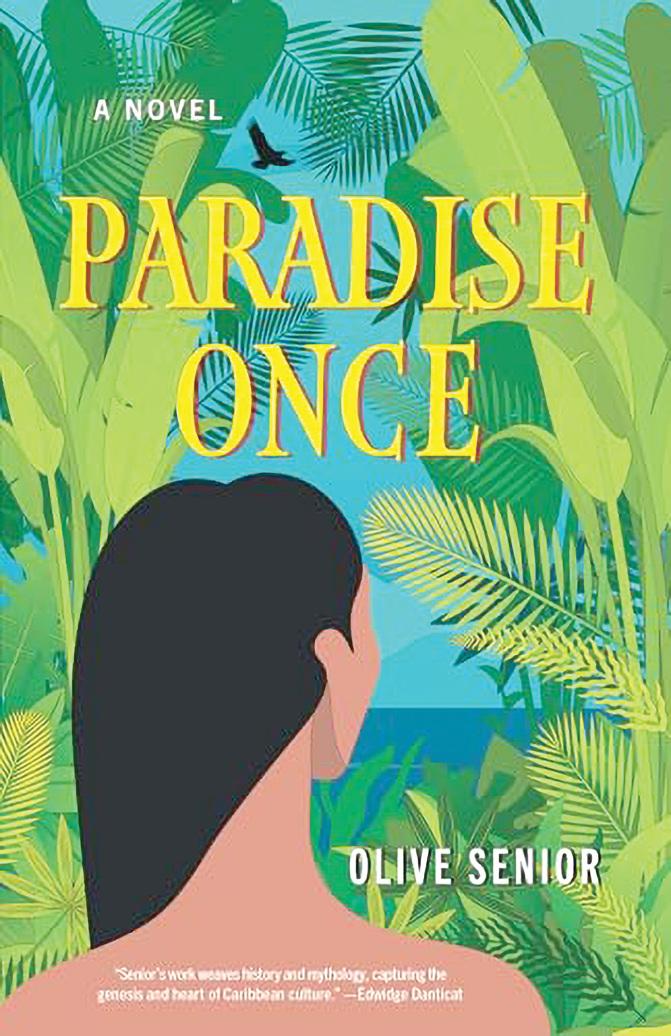
of a brutal massacre, these four are tasked by Candlewood—the behike, or village shaman—with undertaking a journey that could determine the future of the Taínos.
Senior crafts a mythic odyssey led by a band of richly drawn characters. But no fantasy—Caribbean or otherwise—can succeed without effective world-building, and here Senior excels.
Her imagined landscape is immersive, populated by believable peoples and structured societies. She constructs a world complete with its own history, cosmology, political systems, and social hierarchies. It is, crucially, a fictionalisation of the real—a reimagining of a Caribbean that once was.
Looming over this world is a familiar archetype— the Dark Lord. In Paradise Once, this role is filled not by a singular villain, but by
a regiment of Spanish colonial soldiers driven by an insatiable hunger for gold. As they move from island to island, they pillage, murder, and destroy, forcing Taíno communities into hiding in the mountains, where they become cimarrones—the first maroons, early symbols of Caribbean resistance. The violence is shocking in its senselessness. Even when the Taínos offer their gold freely, the Spanish remain unsatisfied. Conversion to Christianity—ostensibly a civilising mission—is revealed as a hollow pretext for domination and plunder.
Senior does not flinch in her critique. Through the historical figure of Bartolomé de las Casas, a Spanish priest who gradually becomes disillusioned, she examines the moral collapse of the colonial project. De las Casas’s TURN TO PAGE XVIII
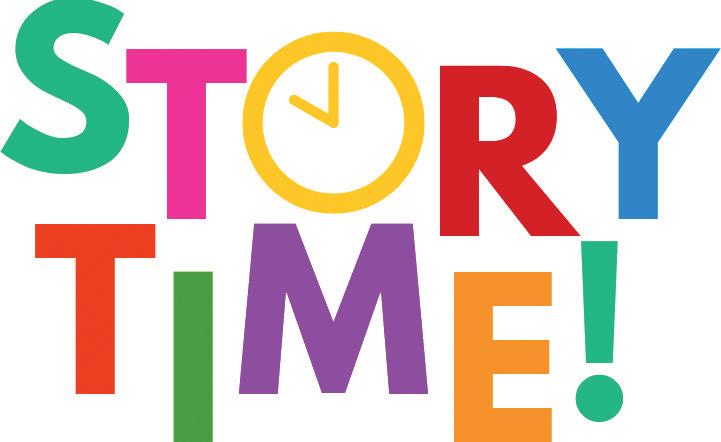
THE laughter sounds again. It’s louder this time. The sound comes from the walls. It’s tickling, molasses-thick, and quicksilver-slick. I try to shake him on my lap, but at this point, I’m not even sure he’s breathing. I follow the laughter, shaking in fear. The sound ends in the yellow room. I open it, and it’s just as if we had not cleared it out. In the shade of the closet, I see a silhouette.
Judith stands in the moonlight, red dress over her slender figure, with sunflowers in her hands.
Screams rip from my throat until the flesh is raw and my eyes burn. Then the sight disappears, and the white of the ceiling swirls above me. For a while, I just hear the sound of my screams and see the white. Then Lars appears above. He sits me up
and realigns me to reality— pulls me back to him being alive and well.
I snatch at him, pulling him over me until I find my breathing. I focus on the smell of his skin, the feel of his cotton nightshirt, and the sound of the rain outside. The old house creaks in the night.
“What happened?”
“I had a horrible dream… I… Lars, we need to leave. We need to go somewhere.”
“This is my ancestral home, Juls.”
I cry. “Lars, please. Please.”
“Alright.” He strokes my back. “We’ll leave tomorrow.”
Lars pulls me down and holds me. We stay like this for a moment, and I try to find the words. I love you doesn’t seem enough. I don’t simply love him. The idea of losing him is tantamount
to death. Lars is as much a part of me as I am of him; I adore him. Words are petty compared to what I feel, and this dream is too close. Arms around me let me know that I’m not floating in some treacherous outer space. He anchors me.
“I think she’s punishing me.”
“Judith?”
“She told me before she died that she stole you from me.”
He kisses my forehead.
“Didn’t she?”
“She did. Judith was always selfish, but you let yourself be stolen.”
“I wish you’d stop saying that!”
“Why? Isn’t it true?”
“No. Well, no, it isn’t. I

don’t even remember sleeping with her. That night of the picnic, she invited me over for a drink. I was heartbroken, so I went, and I barely had a glass of brandy when I was knocked out. In the morning, I was naked. So, no. It’s not fair, and I wish you’d stop saying it was.”
“That wretch. Jesus, Lars.”
Lars sighs. “She’s dead. You’re mine. We’ll leave in the morning, and whatever is haunting you will leave you. I promise.”
We hold each other. His
hands stay on my skin, calloused and stern, almost lulling me to sleep. I don’t know how I ever slept before sharing a bed with him. The way Lars easily snores with me lets me know he feels the same way. I want to hold him forever. He’s mine now. I can protect him, I can love him. I will.
I’m almost asleep when laughter rings through the air.
Jumping from Lars’s arms, I scramble to slip on my slippers. I hear him huff behind me and follow. The laughter grows louder.
“Aren’t you hearing it?”
Lars says nothing, his mouth twisted to the side. We stop at the room again—Judith’s yellow room. Despite me locking it, it’s ajar. I push into it, and it’s empty, but the windows are open, and the wind blows rain into the room, wetting the beds and furniture. Lars pushes past me to close them.
I go to the closet and find something on a hanger that I was certain I had thrown away—the elegant red dress. I grab the dress and fly out of TURN TO PAGE XXIII



THE process of evolution is quite similar to climbing a flight of stairs. They are both effort-intensive and intentional processes, but they ultimately lead to attaining a higher position. In addition, they are similar in the fact that without a good starting point, neither would occur at all. Without having a sufficiently tall bottom step, one would never be able to reach the next one.
Likewise, without an already sufficiently developed population, any evolution that may occur is unlikely to be significant. The truth is that all the development and growth we enjoy today stem from the growth and development of previous generations. We are like seeds planted into fertile soil—advantaged from the very beginning.
The current era of the world is characterised by technological globalisation and scientific development. We are connected across cities and countries. More importantly, we have been using these connections to facilitate the creation and discovery of new things. Over the past few decades, however, we have begun to explore a new direction in making these discoveries; we have started to examine the role of past knowledge in shaping the innovations and discoveries of the future.
The past, of course, was not a perfect time for science. Many ideas and beliefs were perpetuated without substantial evidence. Scientists and innovators developed theories such as the geocentric model, bloodletting as a cure for illnesses, and the miasma theory. Today, we look back at these ideas in appalled shock and wonder how we
could have ever operated under such strange and myopic beliefs.
Nevertheless, many of these theories have served as the baseline for much of the science we practise today. For instance, the infamous practice of bloodletting is a quintessential example of the “barbaric” medicine that was once practised. Yet, we do not realise that an evolved form of bloodletting is also practised in modern medicine. Today, we refer to the process of puncturing veins to draw blood as phlebotomy.
Medical practitioners draw blood from the body for various purposes. It is even used as a treatment for conditions where individuals have excess iron or red blood cells. Although the idea of bloodletting may have been primitive, it played a role in modern medicine. It may have been the first step in a long process that has led to today’s practice of phlebotomy.
Our generation carries the hope of extraordinary scientific feats. Within our very own lifetimes, most of us have witnessed the complete sequencing of the human genome, the first image ever taken of a black hole, evidence of water on another planet, and the development of a vaccine for an infectious disease in almost a single year. In another time, we may never have even dared to wonder whether some of these feats were possible. Today, however, they are accomplishments that have already taken place. Now, we are gearing up to achieve more in the future. Perhaps, as we prepare to participate in the search for TURN TO PAGE XVIII
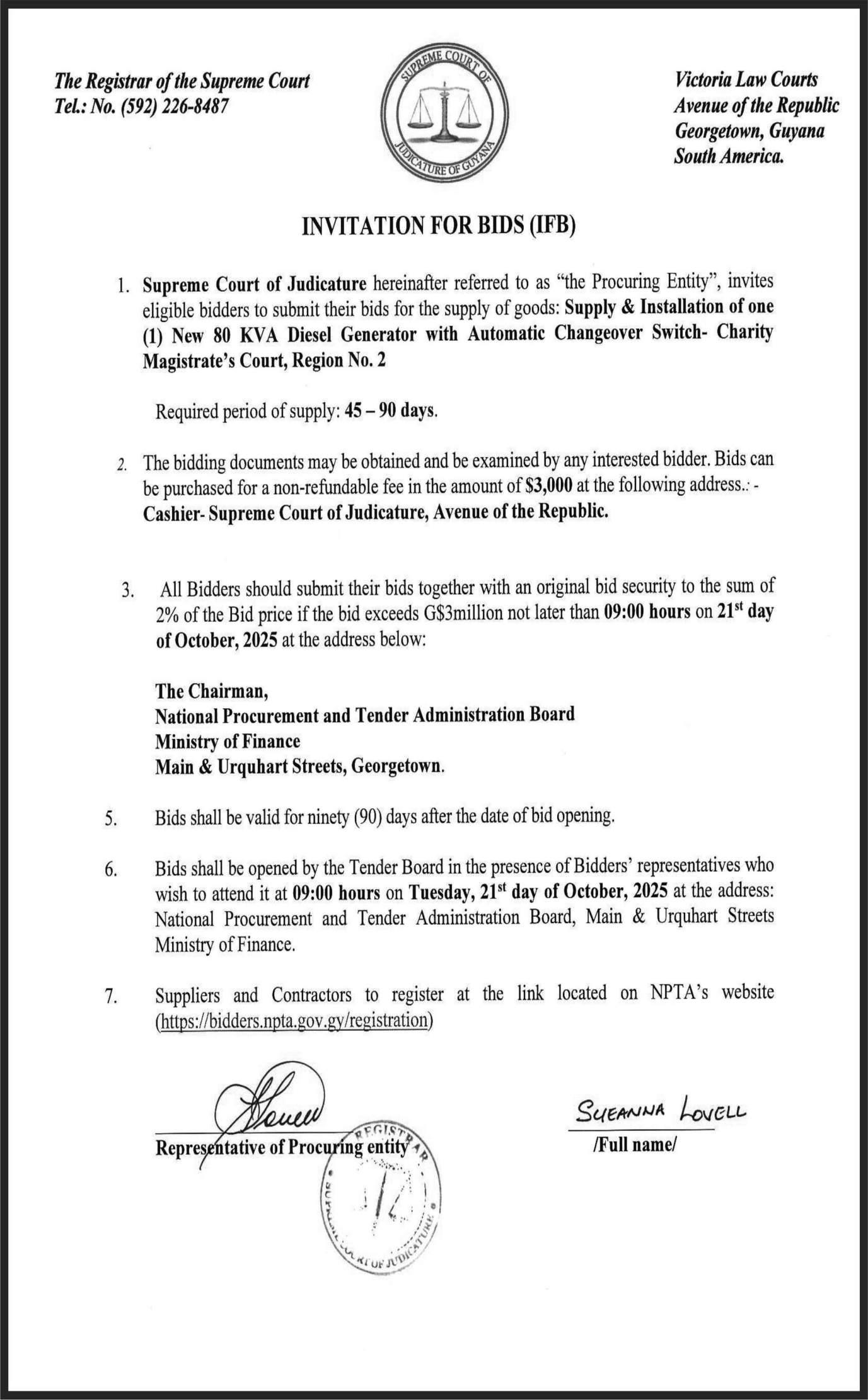

THERE are many times in the life of an organisation when it will need restructuring. It could be due to a decline in sales or profits, changes in the business sector or technology, new regulations, new leadership, or a variety of other scenarios.
The key is knowing when an organisation needs restructuring and then finding the best way to proceed. Once an organisation is restructured,
other components such as the vision and mission statements, marketing strategies, brand, and leadership may need to be adapted. With an eye towards the various components of an organisation that deserve consideration in the restructuring process, Geary Reid provides valuable advice from his organisational experience. You’ll learn everything from strategising to
revisioning and establishing goals for your restructured organisation.
There are many reasons why some organisations fail or need restructuring. For organisations that are collapsing or on the verge of collapse, necessary action must be taken to resuscitate
and rebuild profit margins. The restructuring process is typically implemented to minimise any negative effects on the company or its employees. However, as strategies are developed and implemented, the need for fewer members of the workforce becomes imminent. In many instances, the restructuring of an organisation has been found to create numerous growth opportunities for

existing employees.
Poor decisions made by leaders have caused some organisations to experience a decline in performance. Sales and profits are two key areas in any organisation that need to be monitored regularly if success is to be achieved.
The business environment can change quickly. These changes will force some organisations to adapt rapidly or experience a decline in performance. Information systems and technology change frequently, and leaders who fail to upgrade their systems risk losing their competitive edge.
External and internal politics often affect many organisations. When a new government is installed, it may impose specific restructuring measures for government agencies. There are times when leaders in some organisations may insist on doing things their way, even to the detriment of the organisation. When regulations, policies, and procedures change, they can have a significant impact on operations. Those organisations that are unable to adapt quickly may fail or require restructuring.
If owners and leaders change, then there may also be a need for restructuring. Some new owners and leaders will have their own vision of how they want the organisation to operate after a takeover. They may reduce the number of employees and increase the use of equipment, machines, and information systems to make the organisation more productive.
Section 2. New Direction
Leaders and owners in charge of restructured organisations must be able to provide new direction. No longer can these organisations continue along the same trajectory. Once an organisation has failed, then it is time for a turnaround to avoid the pitfalls previously experienced. A new vision is often needed for this new direction. The previous vision may have been one of the reasons why the organisation failed.
New mission statements must be established to give clear direction to all stakeholders. Some leaders will make the mission statements known throughout the organisation, perhaps even placing them in visible areas so that stakeholders understand the organisation’s new direction.
Leaders must plan strategically if they are to make restructured organisations successful. They must constantly evaluate their plans so that the organisations will remain competitive and become leaders in their industry.
Both the product and the market must be analysed and developed. There may be a need for new products and new markets. Sometimes, existing products are unable to penetrate the market, but new products can attract more customers and generate more revenue. A new market may be needed for existing products, especially if the current market is saturated. Adjusting the price may also be an effective method to attract more customers.
If stakeholders are to learn about restructured organisations, then rebranding may be necessary. With rebranding, some customers may enjoy the new look and feel of the organisation and be inclined to purchase its products. Prior to the restructure, an organisation’s building, environment, or public perception may not have been attractive to customers, but after restructuring, many may like what they see and be inclined to make purchases.
Having a new captain on board may be one way to spur success, but these leaders must prove they are skilled enough to make the organisation thrive. Before new captains are confirmed, they must demonstrate their worth. Some may be assertive in their leadership approach, motivating employees to deliver quality results. If leaders have the resources, they may restructure the organisation immediately. Others may choose to do so TURN TO PAGE XVII
farm was finished in time to reopen on her father’s death anniversary. She bought the first two pairs of bulls and heifers—an emotional moment for her. The community pandit, who knew her father, conducted a small ceremony to bless the reopening of the farm, and close family and friends joined her in celebrating the special occasion.
“This is for you, Dad. I couldn’t let your legacy die.”
David and Sarah arrived for the first time as preparations for Diwali got underway, and they were thrilled to visit their mother’s birthplace.
“It’s so lush and green,” David said.
“Kind of simple and charming,” was Sarah’s observation. “The air feels so fresh, and look at all the
lovely blooms.”
Anjanie laughed a little at her excitement and took them to the farm to see the cows.
“Now that’s real country life,” David expressed. They were awed at all the work Anjanie had done to the house and farm, and said to her, “We are so proud of you, Mum. You’ve shown so much strength and resilience in a fight to survive, and your deep love for this home and farm has helped you to find your way back.”
Anjanie took a deep breath. “It was like a lifeline for me.”
She hosted a family get-together so her children could meet all of the relatives, and raised her glass in a toast. “A new beginning for health, strength, and a rewarding life.”
progressively to minimise the social impact that can occur on current and former employees.
Most leaders need people to work for them in their restructured organisations. Therefore, people must be treated with great respect.
When owners and leaders try to make an organisation successful, they may have to right-size their workforce. Some organisations might have previously employed too many people, not all of whom were productive. Unproductive employees may have to be terminated.
New job structures and descriptions will need to be designed to align with the organisation’s new direction. Sometimes, a flatter organisational hierarchy may be needed. Some organisations fail because the chain of command is too long, requiring leaders and management to perform similar functions. When job structures and descriptions change for existing employees, leaders must consider adjusting their compensation.
There are times when new leaders and owners may offer lower compensation to employees. However, if there is a reduction in employees and the same functions must still be performed, existing employees may receive compensation increases.
If new employees are needed after restructuring, leaders must ensure that the recruitment process allows them to secure the best pos-
Diwali was just a week away, and David and Sarah wanted so much to be a part of the spectacle—the motorcade, the lights, and the Diwali sweet treats. She took them first to the mandir so they could have a firsthand look at the skilful work on
the floats that depicted the Goddess of Light and the story of Diwali. Then they drove around, saw places, and shopped for what they needed to celebrate Diwali. This year, Anjanie planned to have the family home fully illuminated with diyas.
The motorcade before Diwali night was spectacular— the depictions, the beauty, the lights, and the songs.
David and Sarah were in
complete awe.
“The creativity of these floats is so amazing,” David stated.
“And the Goddess of Light,” Sarah added, “a touch of divinity.”
On Diwali Day, the relatives came early to cook the Diwali treats for them to enjoy—and enjoy they did. Then, as dusk began to fall, they lit the diyas to illuminate the home.
It was such a beautiful sight, it brought tears to Anjanie’s eyes.
“Today is the day,” Anjanie whispered, “that fills my heart with such joy. I have brought my family home, my father’s legacy back to life, and started a breast cancer foundation. I have my children now with me—I am living a peaceful, beautiful life.”
Happy Diwali.
FROM PAGE XVI
sible candidates. Organisations must set aside funds for training and development. Some organisations hope that employees will develop themselves independently and that the organisation will benefit from their increased wisdom and knowledge. However, when employees develop independently, they may feel less committed to the organisation and leave of their own volition.
If employees were wasting time during working hours, that bad culture has to change. If employees were looking out only for their own interests, that culture must change as well. Sometimes, a change in attitude by one employee may cause others to change, meaning the culture itself evolves. New leaders must be cautious when managing cultural change to prevent conflicts. When employees must change a culture they are comfortable with, there may be resistance—but good leaders know how to help employees transition smoothly.
For more information about Geary Reid and his books:
• Amazon: http:// www.amazon.com/author/ gearyreid
• Website: www.reidnlearn.com
• Facebook: Reid n Learn
• Email: info@reidnlearn.com
• Mobile: +592-6452240
• Book cover: Restructuring an Organisation
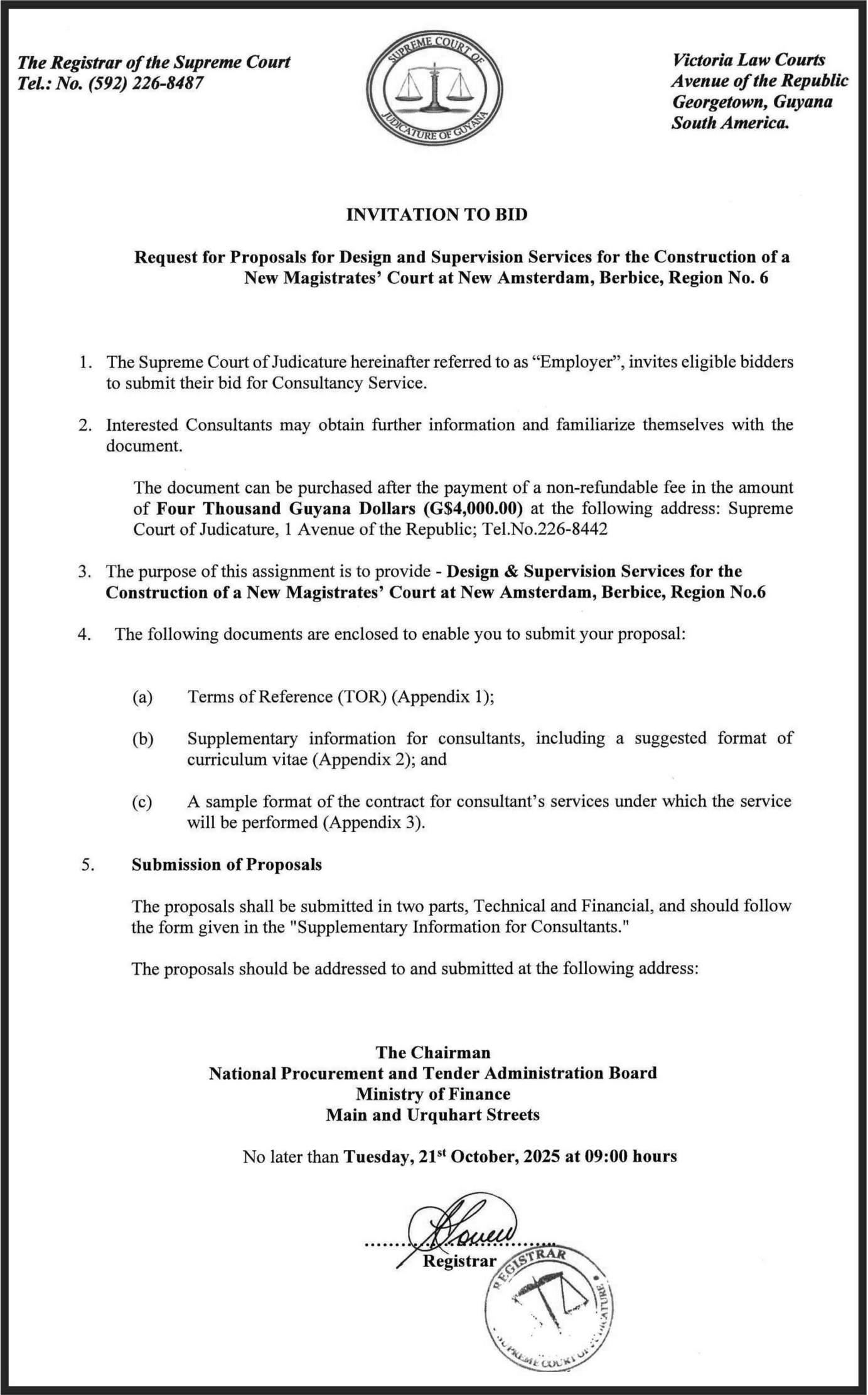

spiritual and ethical reckoning after witnessing the slaughter of entire communities—including women and children—is rendered with clarity and force. Senior does not sanitise history; she faces it unblinkingly.
What makes Paradise Once particularly compelling, however, is its emotional resonance. We come to care deeply for its characters—especially Segu, the enslaved African brought from Spain to serve a Spanish commander.
Segu is literate, complex, and morally ambivalent, embodying the painful identity fractures that would come to define much of Caribbean history. Like Heart of Palm and Flint, he is fully realised—sympathetic, flawed, and human.
Much of the novel is devoted to situating these characters within a richly textured Caribbean past—a world unfamiliar to modern readers, yet fully alive on the page. Senior accomplishes this with both a historian’s rigour and a poet’s sensitivity.
Her pre-Columbian Caribbean is vibrant, deeply cultural, and politically intricate. We are immersed in Taíno religious practices, belief systems, tribal hierarchies, and spiritual cosmologies. It is an Edenic world—but, as with all Edens, a serpent lies in wait.
That serpent is Shark Tooth, an ambitious Taíno whose lust for power sows discord among his people. Paradise here is not idyllic in a naïve sense; it is layered
with internal tensions—class divisions, tribal rivalries, and personal ambition—all echoing the enduring complexities of human society.
And yet, Paradise Once is not a fantasy novel, and Olive Senior is not a fantasy writer. She is perhaps the Caribbean’s finest short story writer—and much more besides: a poet, an essayist, and a tireless documentarian of Caribbean life and history.
Her landmark non-fiction work, Dying to Better Themselves: West Indians and the Building of the Panama Canal, was lauded for its meticulous research and emotional resonance. That same intellectual rigour and emotional clarity are present here.
Paradise Once is not fantasy in the traditional sense. It is a fictionalised history—anchored in real names, dates, geographies, and cultural specificity. It is a novel of recovery and reclamation, and its success rests on the strength of its research and the richness of its imagination. In this, Senior is in her element. Her fiction—whether in Summer Lightning and Other Stories, Discerner of Hearts, or The Pain Tree—is marked by psychological insight, historical fidelity, and lyrical beauty.
All of these qualities converge in Paradise Once. Though not a fantasy by genre, it possesses the mythic power of one. It is, at heart, a historical novel—one that resurrects the Caribbean’s pre-colonial past with urgency, beauty, and heartbreak.
FROM PAGE XV
discoveries and innovations, we might benefit from examining the things we have already left behind in the past. In every culture, our ancestors held important knowledge about the flora and fauna of their respective environments.
They knew how to treat many illnesses and alleviate symptoms. They knew how to build shelters and make clothing without harming their environment. They even knew how to make food that suited human lifestyles and provided nourishment. As we move further into the future, we are losing much of the knowledge that our ancestors gained through
practice and experience. Knowledge can come from extraordinarily unexpected places. It can come from both the present and the past.
If we choose to wear a new lens, we can even find it in places that have already been disregarded. There is never a lack of knowledge in the world, and never an absence of new paths to discover. Our only limitations are the extent to which we are willing to search and the imagination with which we view the world. If we remove these limitations, we may find that our past holds the key to our future.


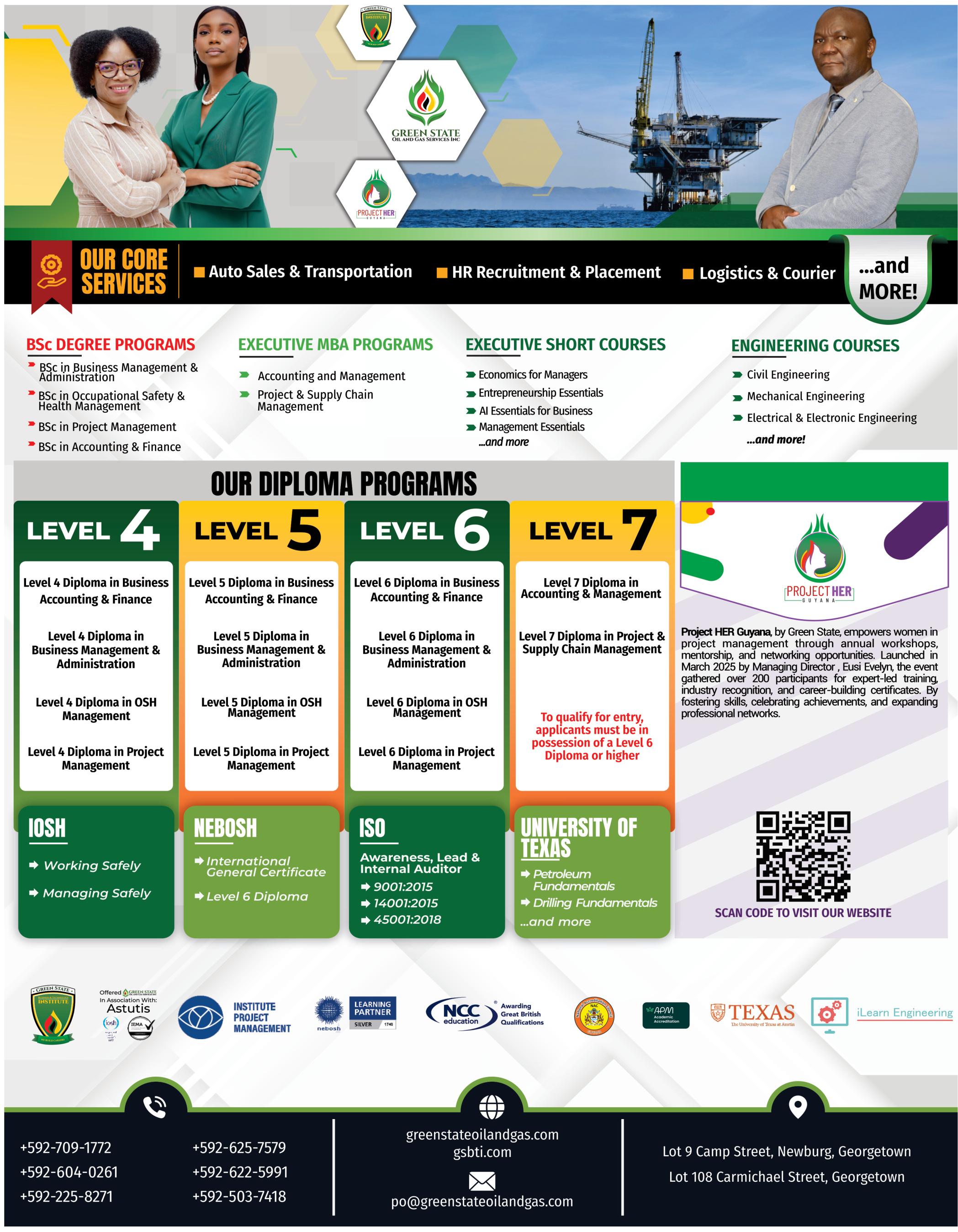

the room. Her laughter rocks me. I know it’s her. Only Judith could get under my skin like this.
The rain pours on me, clouding my vision with grey shade so thick I can hardly see. The dress is over my shoulder. I open the greenhouse and take the shovel out, and make my way to Judith’s fresh grave.
Silk goes over her headstone—wife and daughter. The words mock me. Wife. How could she be the wife of a man she tricked into marriage? I dig but don’t get deep enough—my arms burn, and my eyes don’t stop crying. The wind blows the dress off, and I crawl in the mud to grasp it. The shovel lies on the ground.
Lars pulls me back, and the laughter stills.
“Don’t you hear it?”
Lars kisses my head, and he picks me up and takes me inside. He sets the kettle, puts a record on, and prepares tea for us. He turns the stove on, slices bread and toasts it. A jar of unlabeled jam is taken out, and he spreads it across the bread for us. While the kettle boils, he brings the plate with two jam-covered slices over to us.
“I don’t like grape. When did you even buy it?”
“Patsy made it before she… c’mon, eat something.”
I look at the thick layer. It smells good, but my stomach can’t take it. “No, thank you.”
“Alright.”
The kettle whistles, and he fills two mugs for us. I put my hands over our cups. “What tea are you using?”
“Darling, you’re worrying the hell out of me right now.”
“The tea, Lars! Just tell me what you used!”
“Alright. Shit!” He slams the kettle down and shows me a box of mint tea.
My dirt-crusted hands cover my face. I’m going insane.
He rubs my back, and I hear him pour the tea. “We’ll leave in a few hours. I promise.”
“You don’t believe me, though, do you?”
“I believe that this house—perhaps the grief of losing Judith and misplaced shame—has you spiralling. I believe that may have an effect. I don’t need anything else for that to be a reason.”
“If it continues when we leave?”
“Then we’ll find help.”
“You’d send me to the asylum?” I push back the chair and stand.
“Hey.” He raises his hands. “I would never do that. Listen, I’d never hurt
you. I just got you. You think some dreams and hallucinations are going to keep you away from me? Never. There isn’t a way beyond death for us to be apart now.”
I believe him and sit again, taking the cup. The tea has grown lukewarm, but it’s mint. The black liquid in my cup comforts me. We sip slowly. Lars reaches for the toast and takes a bite. On the second, he falls back out of the chair. It’s my dream all over again.
The laughter rings again—low and musical.
I touch the jam and try to smell it; there’s a bitter note to it, and a rash rises on my skin. I can think of only one thing that may cause this: the berries from outside the last room Judith occupied. Lars is still breathing when I check. I take the risk of going for my medical bag, left in the room she died in. Ransacking the space, I don’t find it. My medical bag is not a small thing. I would have seen it in such a tiny space. I take the risk and go upstairs to the yellow room and see it on the bed.
The door shuts behind me as I enter. I put the bag on my shoulder and try to open the door, only to find it closed. I jam my shoulder into it, and it doesn’t budge. My fingernails scratch till they break and bleed.
Judith didn’t share—her laughter echoes more. It fills my head like a stereo pressed to my ears, dialled up at full volume. It is a laughter that echoes against the walls and chills my soul.
But Lars is dying, and I will not take it lying down.
I go through her drawers for something that wasn’t thrown out. A cigarette rolls around, matches, a broken perfume bottle, and mothballs. I grab the matches and throw the dress onto the ground—which was still around my neck—and light a match.
The windows fly open, rain and wind try to blow it out. I go back for the perfume bottle and throw the liquid onto the dress. It crackles and burns in magnificent destruction. Back to the door, I lean with barely any weight, and it pushes open.
Lars is still on the ground, comatose.
I take the bottle. It reads Physostigmine. I withdraw a dose with a needle and inject it into him. I stay there until it takes effect, until his speech stops slurring. The silence is noted. The house creaks on its own. The rain has no help in its fury. I hold Lars and know that he cannot be taken from me.
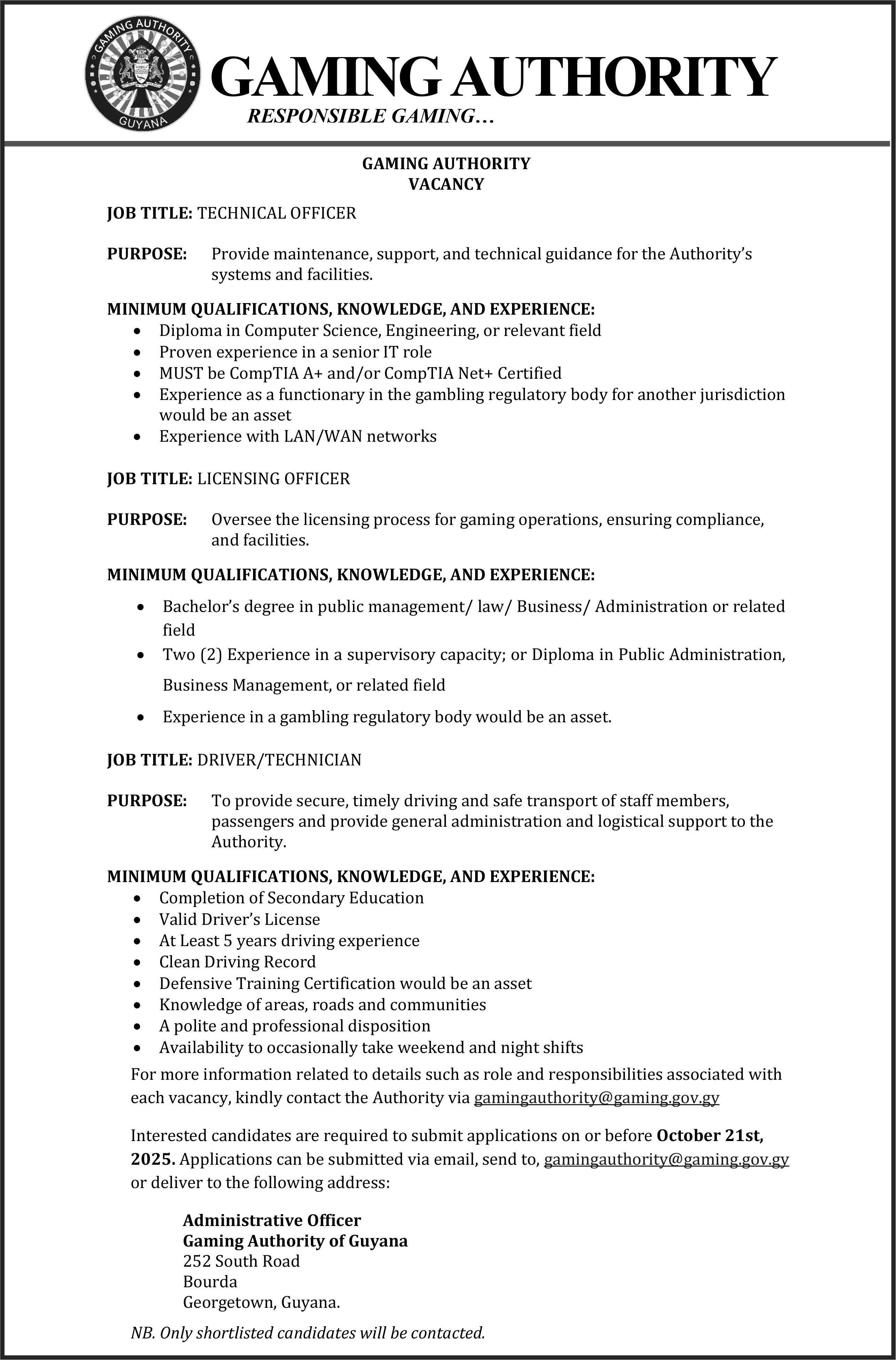
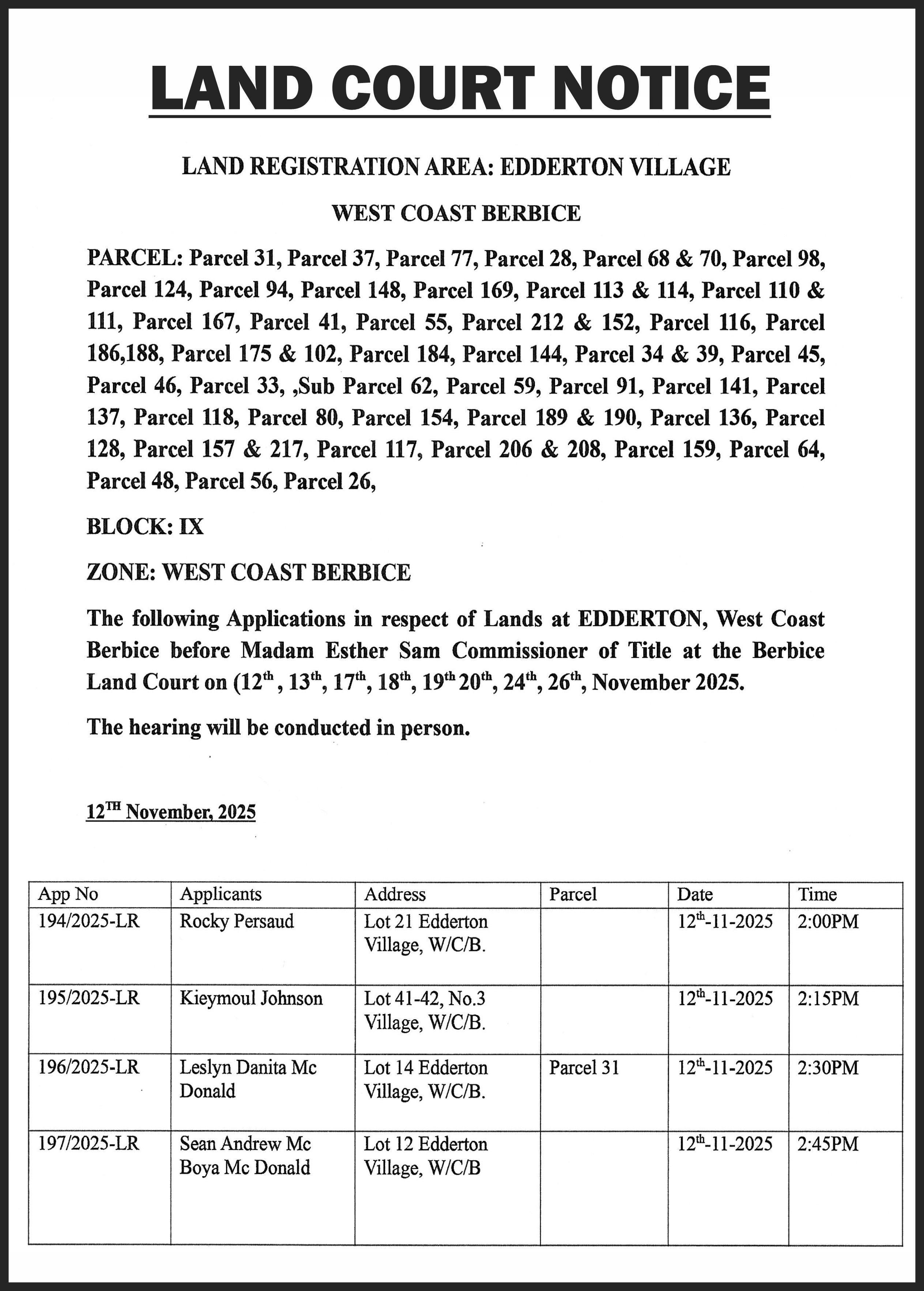
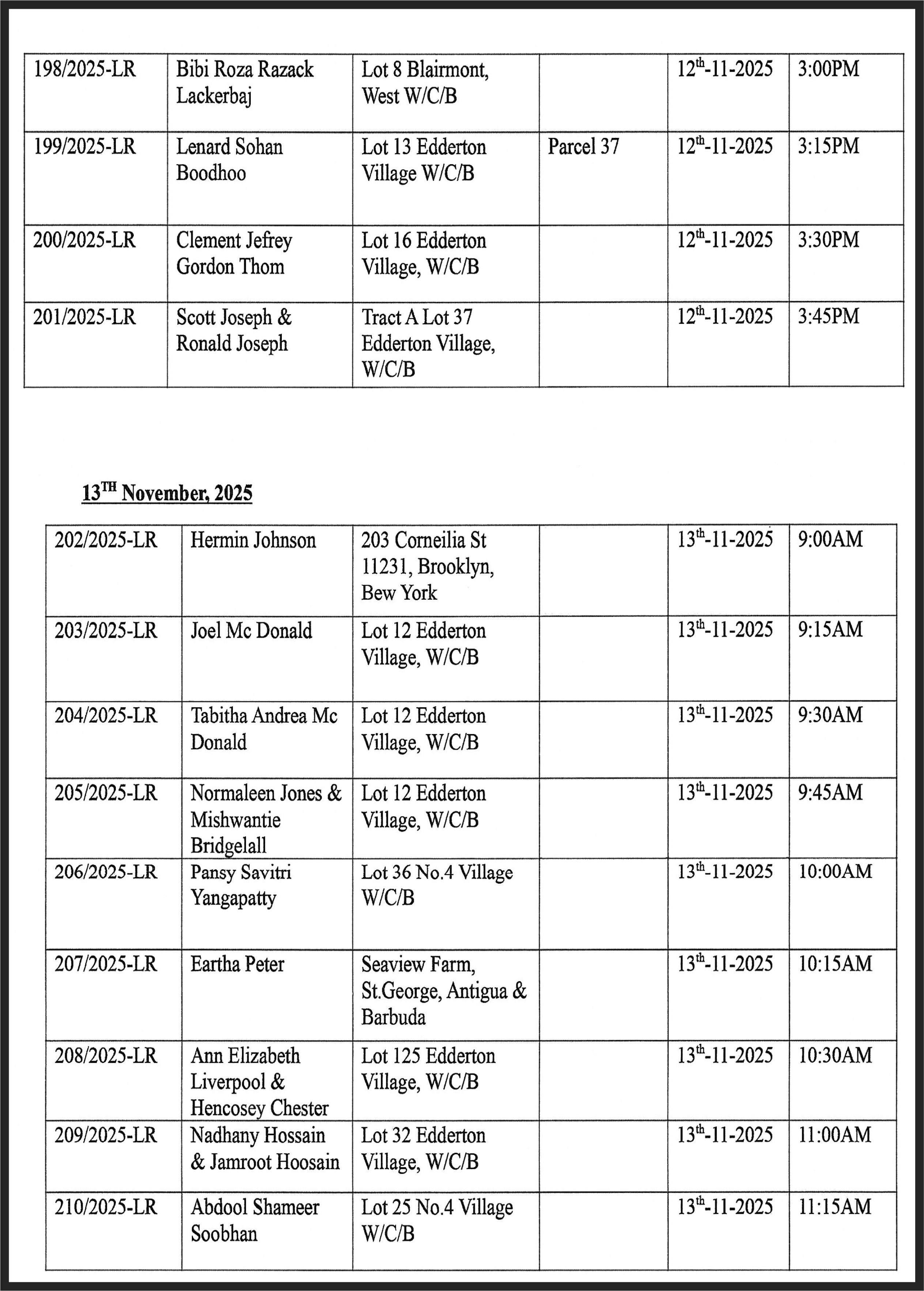
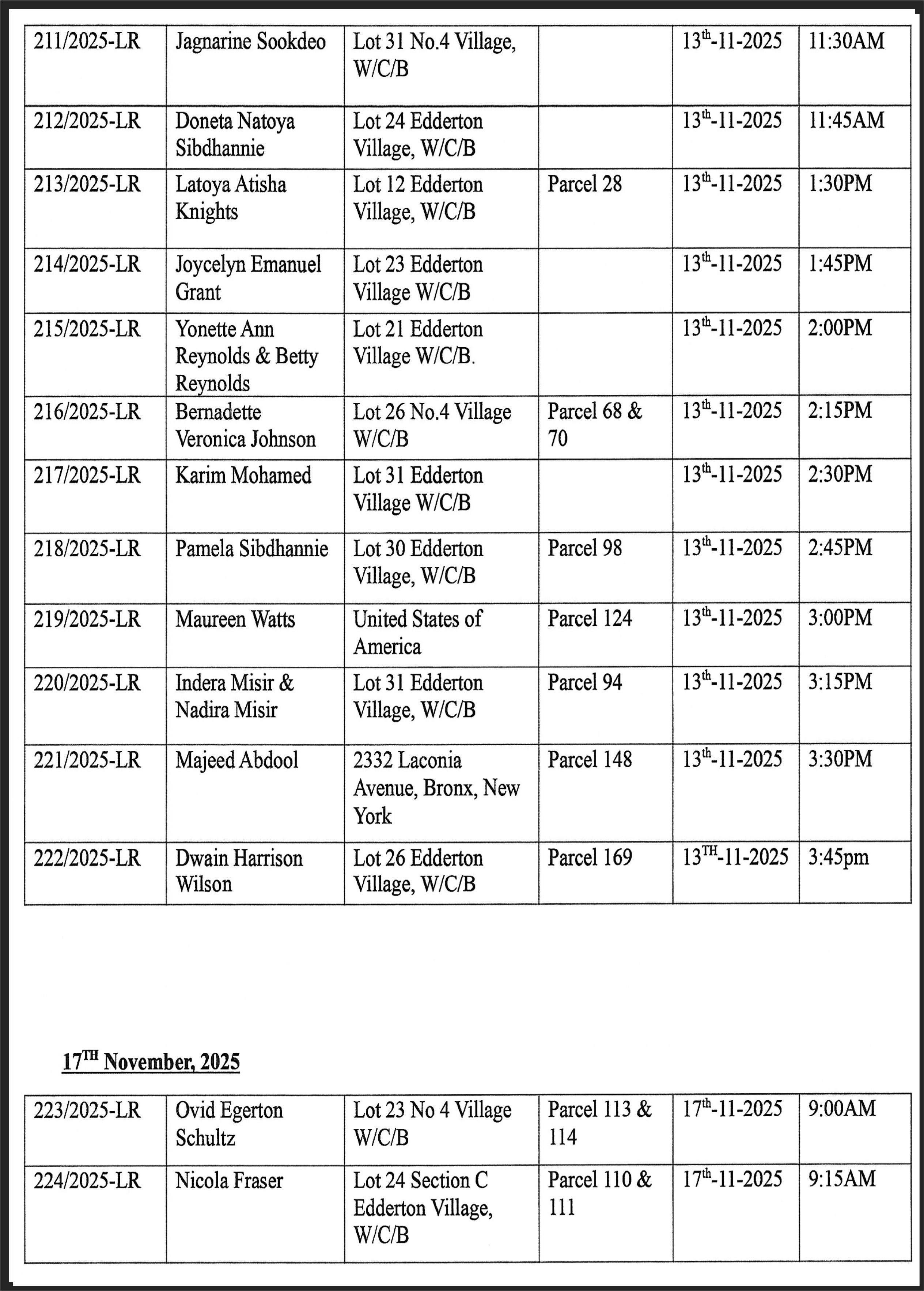
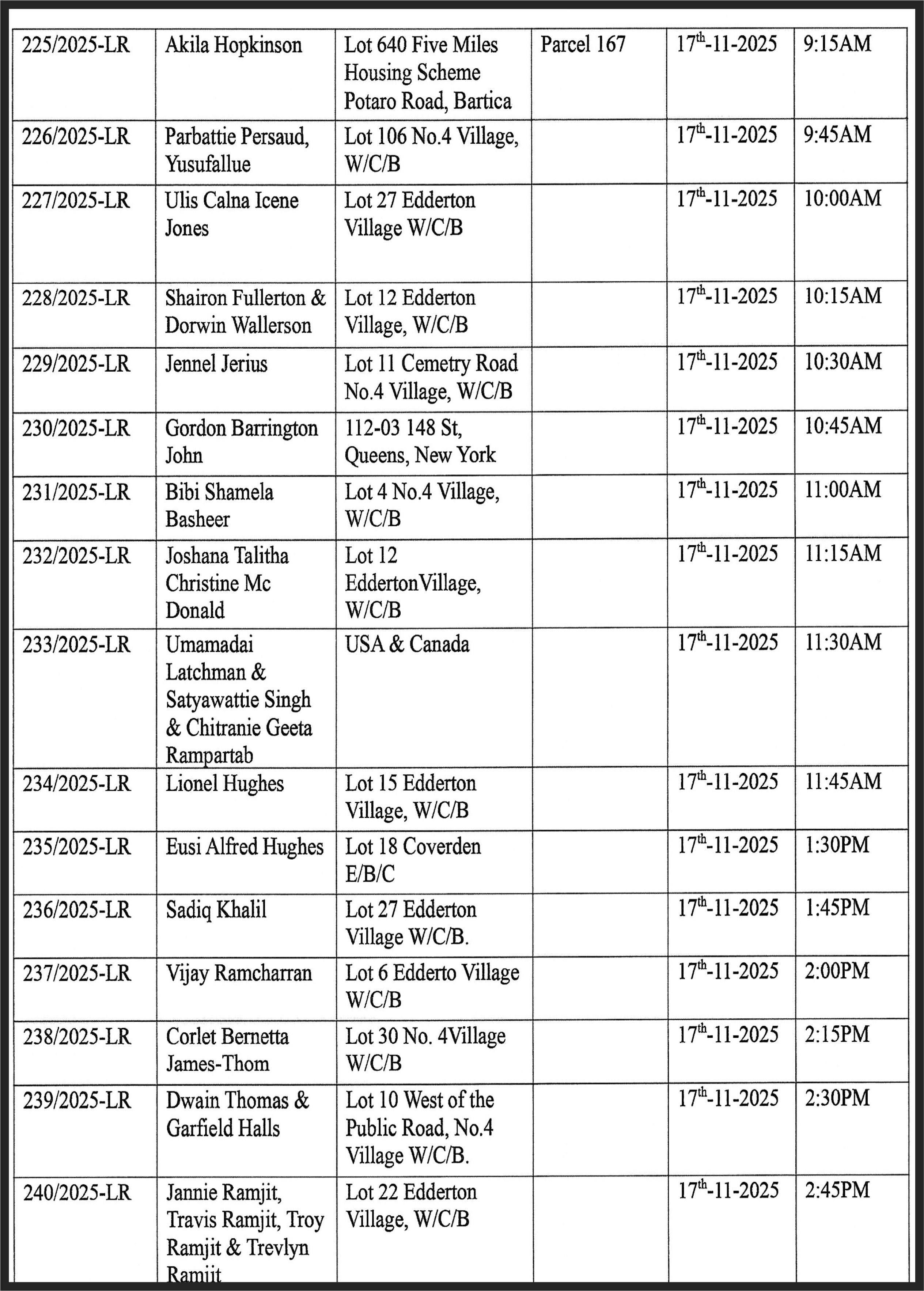

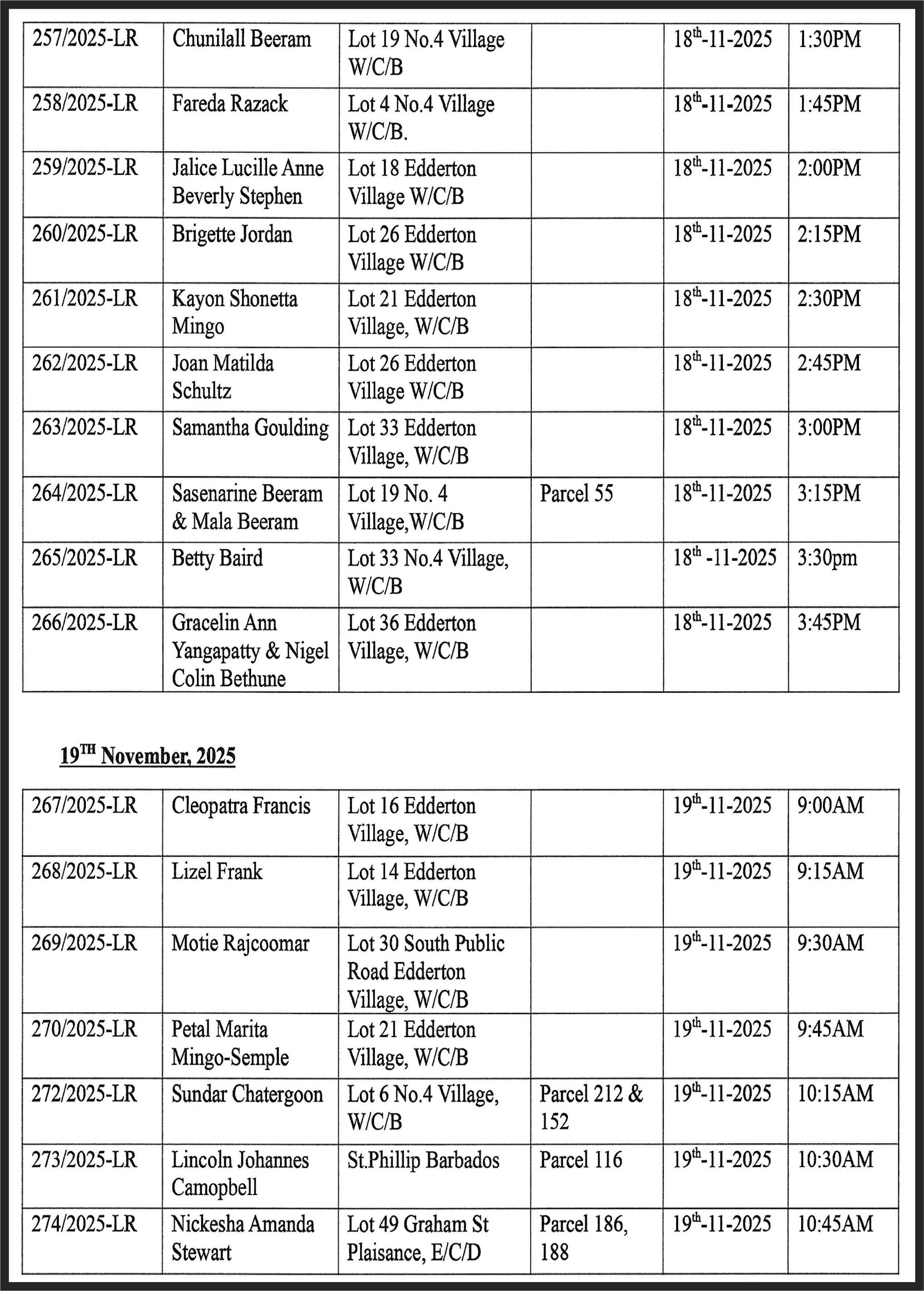


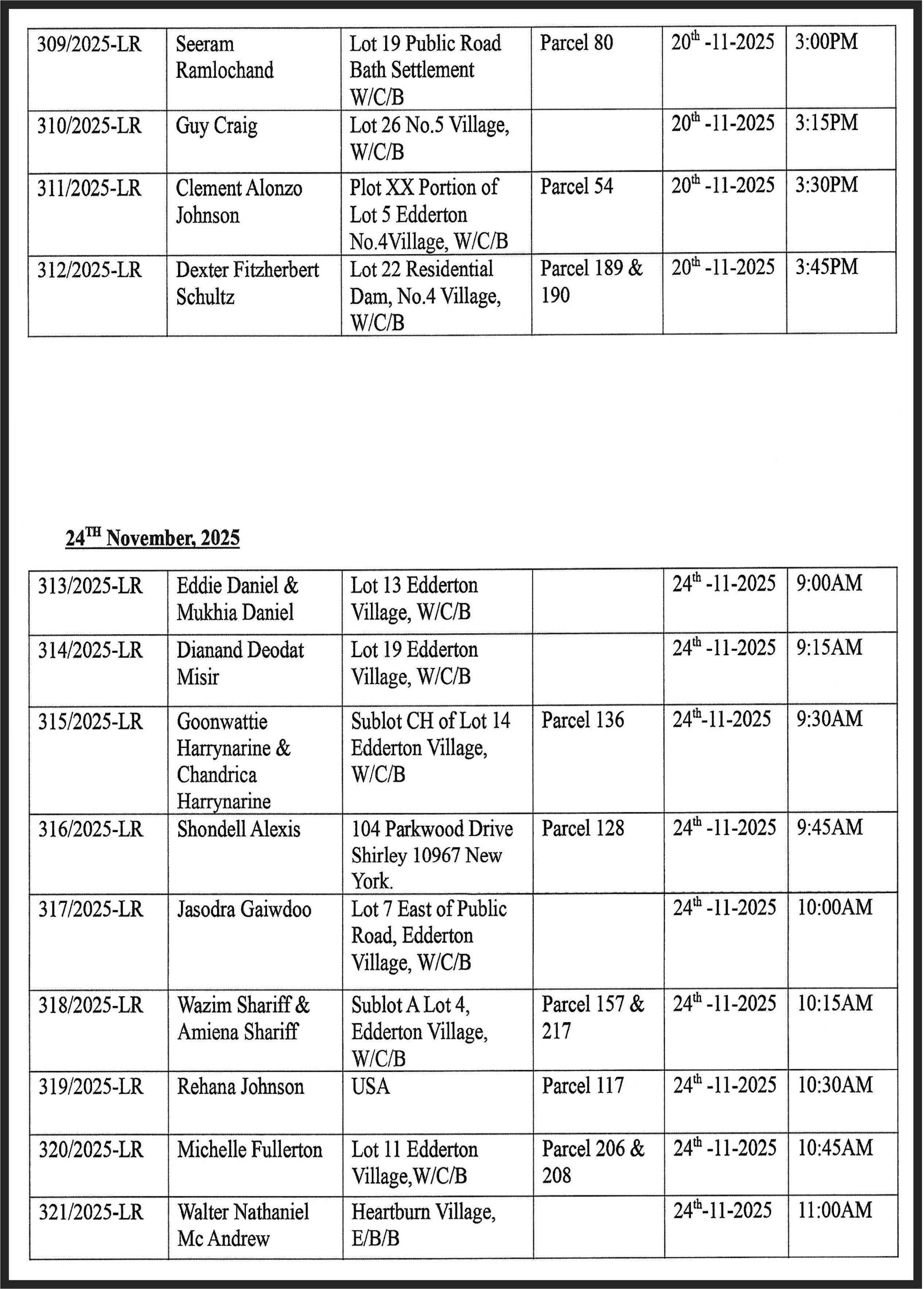
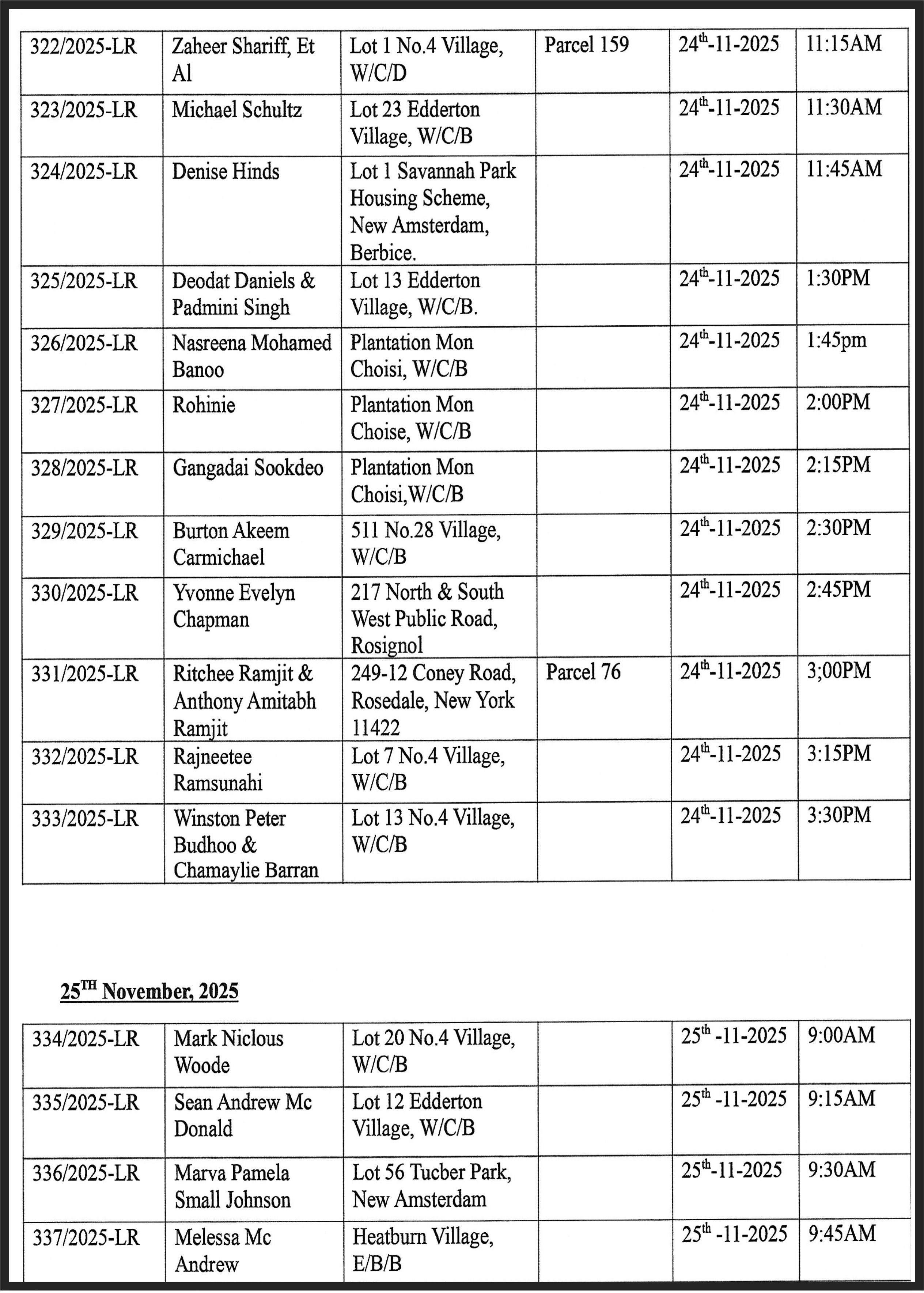

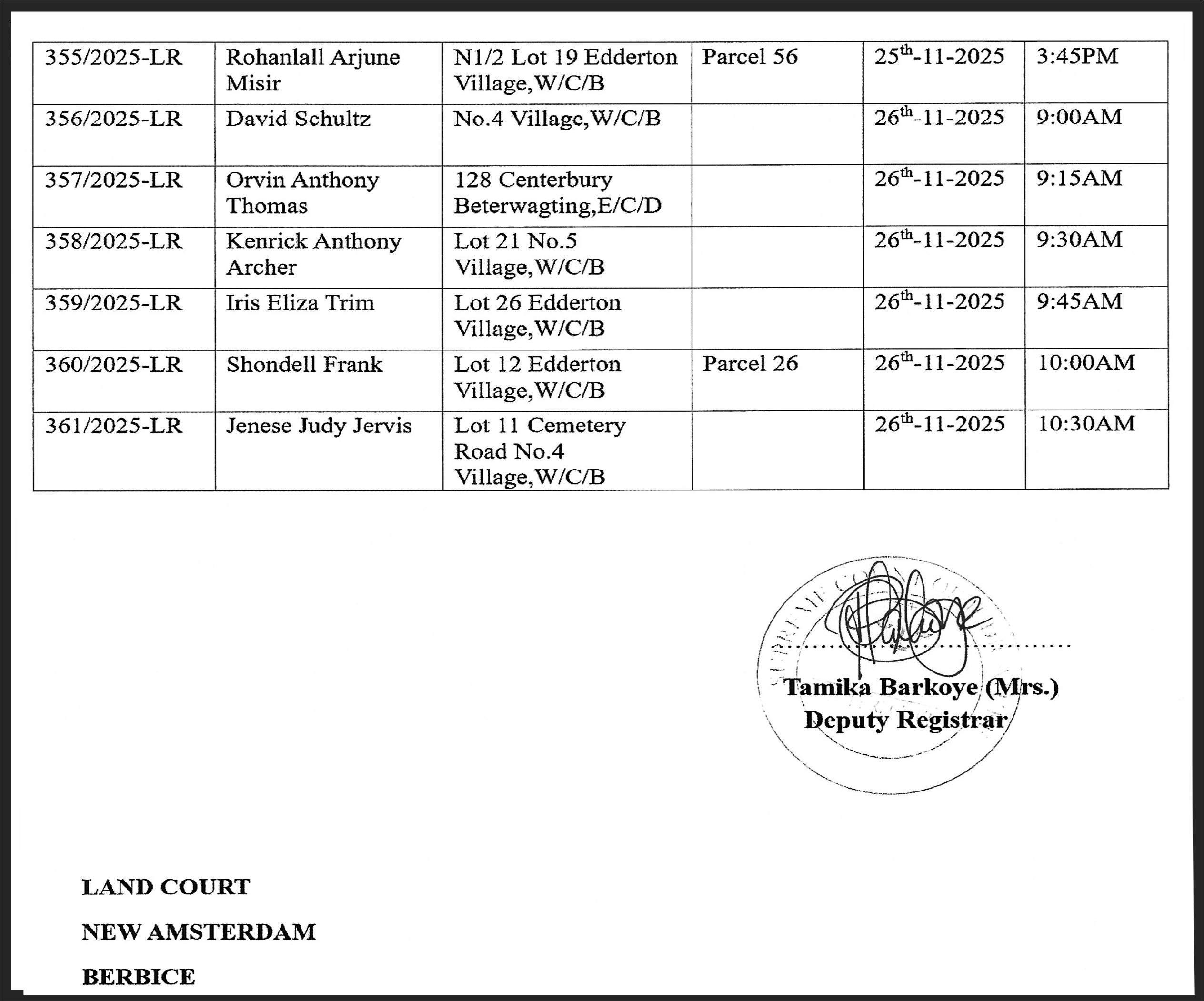




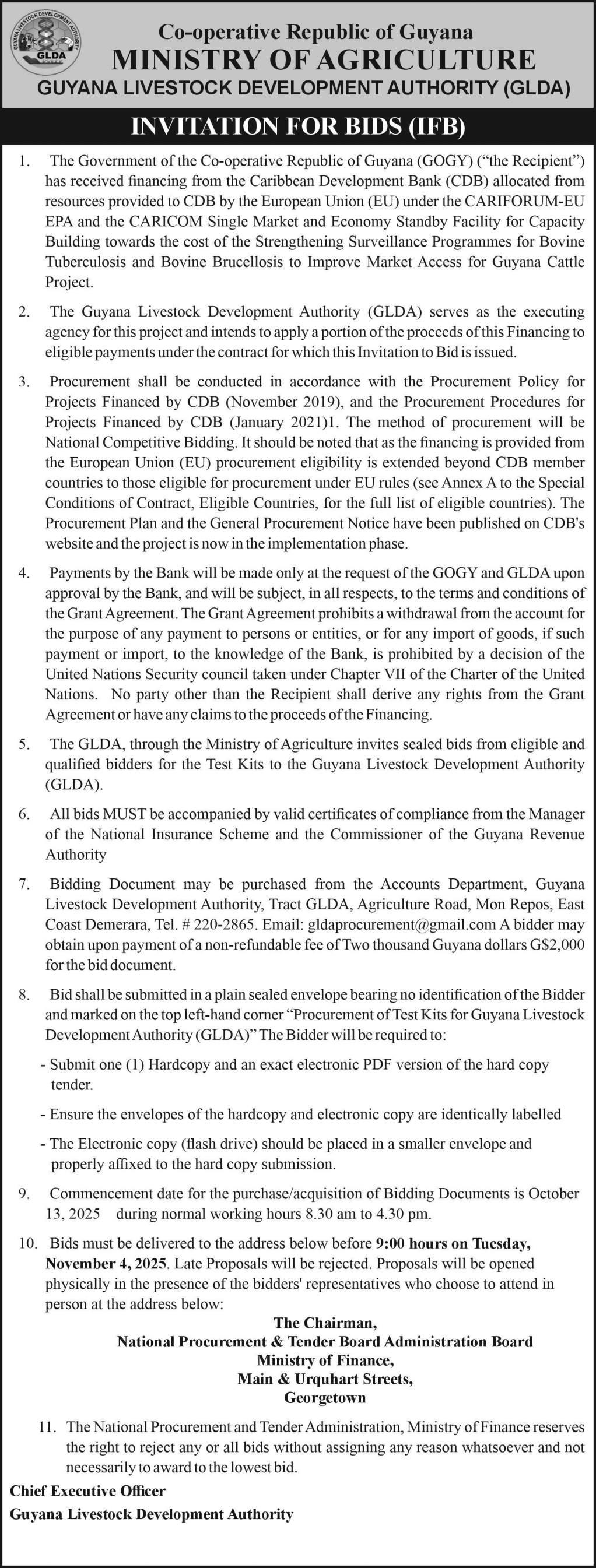



Welcome, dear reading friend. Sure. Memory can be improved. You need only to practise efficient understanding of your study areas. Strengthen your combination of study habits: attentiveness, taking notes, repetition of insights, visualising, self-confidence, calmness in speech, and completing and submitting assignments.
Expand your memory within the supportive relationships of your teachers, parents, siblings, well-wishers, study group participants, and knowledgeable people. Bolster the foregoing by
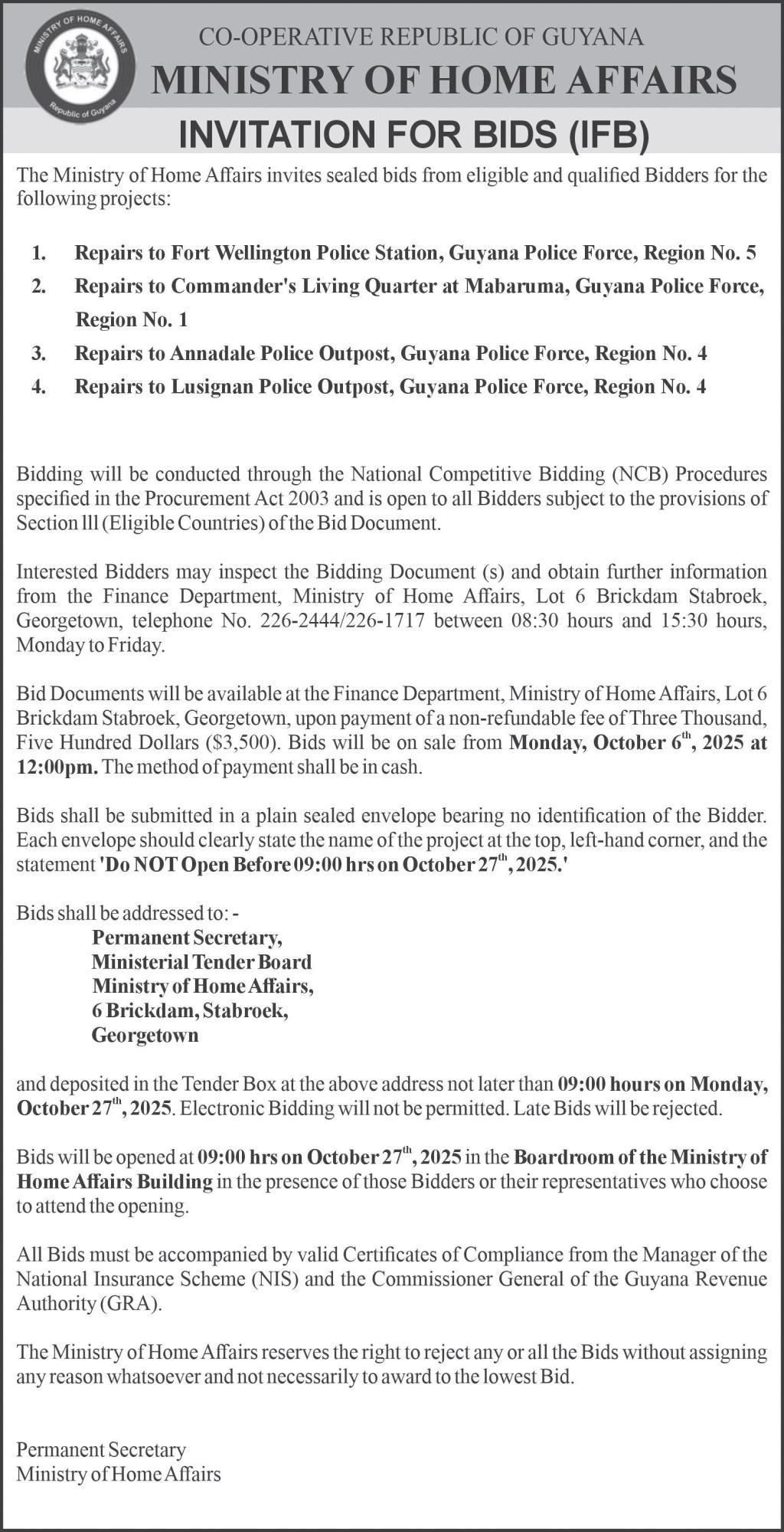
October 19, 2025
steadfast nightly study and daily prayers. Efficient understanding is the goal of efficient learning. Be wise.
Love you.
Arriving at conclusions
Note: As you read, you conclude matters, which is an important skill for understanding a text.
Concluding matters, (though you may not be deliberate or conscious of your behaviour), very much resembles the intents and purposes of a detective digging deep within a mystery to examine clues and find solutions.
Your depth of digging depends on how deeply the authors you read imply their themes and ideas rather than stating them outright.
Again, you also arrive at conclusions as you consider aspects of your own life experiences, which coincide with actual details or facts within the stories you read.
Here are two passages. Read them to practise reaching conclusions.
Passage A
Read the passage closely to arrive at conclusions.
I breakfasted this morning at nine, and after glancing through the morning paper, I proceeded to let my mind wander in the hope that I might chance upon some subject for my pencil.
The room, though door and windows were open, was oppressively hot, and I had just made up my mind that the coolest and most comfortable place in the neighbourhood would be the deep end of the public swimming pool when the idea came.
I began to draw. So intent was I on my work that I left my lunch untouched, only stopping work when the clock struck four.
Based on the passage, what conclusions can you draw as each line is read, and the story develops? Hint: Delve into the weather effects, narrator’s disposition, and narrator’s object. Tell what you find to your study group. Listen to their comments and jot them.
Passage B It was the man I had been
For in every ill-turn of fortune the most unhappy sort of misfortune is to have been happy.
drawing whose portrait lay in my pocket.
He sat there, huge, the sweat pouring from his scalp, which he wiped with a red silk handkerchief. But though the face was the same, the expression was different, absolutely.
He greeted me smiling, as if we were friends, and shook my hand. I apologised for my intrusion.
“Everything is hot and glary outside,” I said. “This seems to be an oasis in the wilderness.”
“I don’t know about the oasis,” he replied, “but it certainly is hot. Take a seat, sir!”
1. Link the two passages. How much deeper can your assumptions develop about aspects you have already dealt with?
2. How will the next logical conversation piece look between the two who just met face to face?
Working with the poet’s words
Note: This is a 14-line form of verses by Robert Frost, published in 1928. Read where the poet’s speaker went at night in this sonnet.
Is “night” really night? What else can it be? Read to see how the character feels, what is his longing, maybe why the self-imposed journey at night. What can be said about the tone of the poem? Is it conversational and simple?
Read the poem Acquainted with the Night
I have been acquainted with the night.
I have walked out in rain - and back in rain.
I have outwalked the furthest city light. I have looked down the saddest city lane, I have passed by the watchman on his beat And dropped my eyes, unwilling to explain.
I have stood still and stopped the sound of feet
When far away an interrupted cry
Came over houses from another street, But not to call me back or say good-bye; And further still at an unearthly height, One luminary clock against the sky
Proclaimed the time was neither wrong nor right.
I have been acquainted with the night.
(Robert Frost’s “Acquainted with the Night”)
1. Tell in a summary what this simple-looking poem is saying as you study its words and story surface-wise.
2. Whose point of view is the poem about?
3. Are any of the locations familiar to your personal experience? List them. How have you been affected in each circumstance?
4. Delve deeper into the poem and tell how much more it is revealing to keen readers.
5. Use some of these given terms to make an analysis of the poem’s story. a) Is it lighthearted, emotional, dark? b) Are any of these dispositions alluded to: socialization, laughter, depression, frightened, isolation, shy?
6. Find out the meaning of each phrase in the poem: a) acquainted with the night, b) saddest city lane, c) an interrupted cry, d) an unearthly height, e) time was neither wrong nor right.

THE period 2025–27 is designated by the theme, “United by Unique”, as the world observes Cancer Awareness. The only favourable news derived from the discussions was that about 40 per cent of deaths from all types of cancer can be avoided if the appropriate behavioural modifications are made.
In the case of oral cancer, we can play a crucial role in its early detection and possible prevention ourselves.
No doubt, most people do not know that they can conduct a self-examination of their mouth with reasonable proficiency, aimed at detecting abnormalities of disease, including oral cancer. I will proceed to provide step-bystep instructions on how this can be done.
1. Stand in front of a mirror and look at your face and neck. With your left hand, feel the right side of the neck and the area under your jaw. Repeat for the left side of your neck, using your right hand. Do both sides appear and feel the same? Firm lumps (lymph nodes) located in regions of the neck and below the jaw could indicate disease of the oral cavity.
2. Inspect your lips by first looking at and feeling the outside. Pull the lower lip down using the thumb and forefinger, then feel inside and outside of your lip. Repeat the same for the upper lip. Do you see any colour changes? Do you feel any lumps?
3. Examine the gums with the lip pulled away. Remember to observe and touch all areas of the gums by using the forefinger. Does everything look the same as last month?
4. With the thumb and forefinger at the corner of the mouth, draw the cheek away from the teeth. Keeping the mouth slightly closed, look at and feel the cheek with the fingers. Repeat for the other cheek. Do you see any
changes?
5. Stick the tongue out and grasp the end with a handkerchief. Look at and touch the top surface. Pull the tongue to the right and then to the left. Observe and touch each side. Do you see any lumps, sores, or growths on the tongue?
6. Next, touch the tip of your tongue to the back of the roof of your mouth and look at the floor of the mouth and the underside of the tongue. Feel this area in the same manner as before, using the forefinger. Do you notice any differences?
7. Say “ah” to see the very back of your mouth (throat). You may need a good source of light to view the tonsil area clearly. Tilt your head slightly backwards to see the roof of the mouth. Do you see any scaly patches?
Periodic examinations of the mouth should be conducted to detect early signs of disease, and can help reduce the risk of a serious problem developing.
One would not be in a position to notice a change of colour, texture, size, shape, or function unless one regularly inspects the related tissues and organs. Get into the habit of checking your mouth every day.
You must be able to know when something unusual occurs within a day of its evolution. The key to effective treatment of any disease depends heavily on how early the condition is discovered, in conjunction with how soon treatment is instituted.
Every normal person above the age of ten years should take personal responsibility for ensuring that any abnormal change occurring in any part of their body is investigated by a competent professional.
This is even more important for individuals who indulge in harmful activities such as smoking. It is well established that over fifty of the

most common diseases have oral signs and symptoms as part of their pathology. Often, these signs and symptoms are
among the visible manifestations of the disease.
The dentist is therefore in a position to notice the
commencement of many ailments, sometimes even before they become fullblown. Fortunately, you
can be the one to discover a serious condition on your own before seeking help from qualified personnel.

